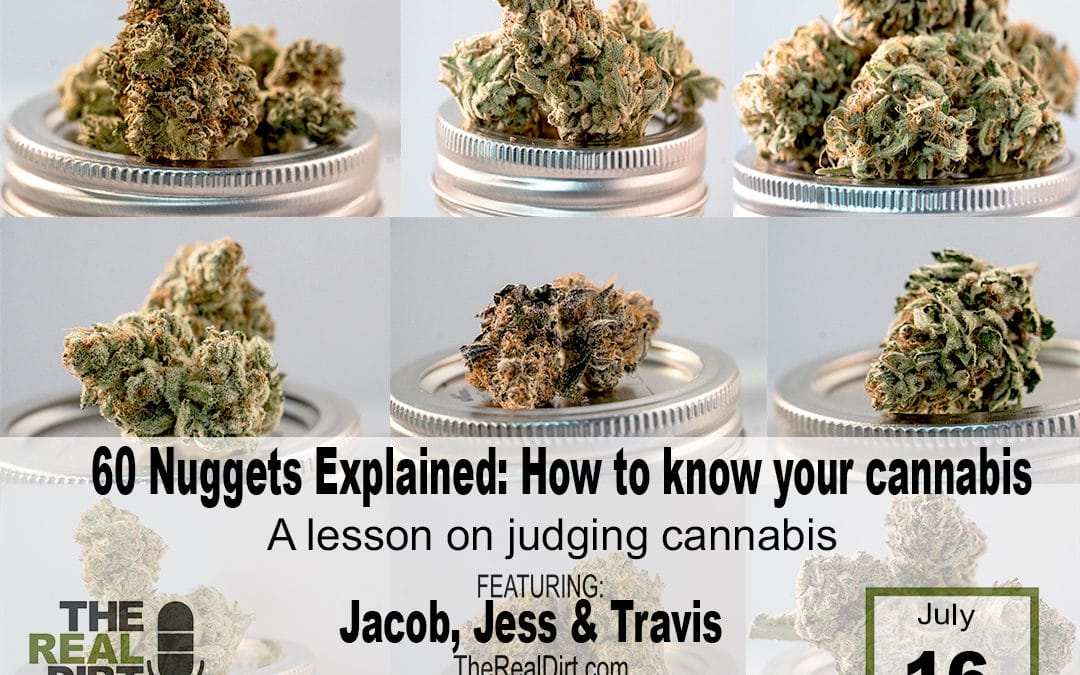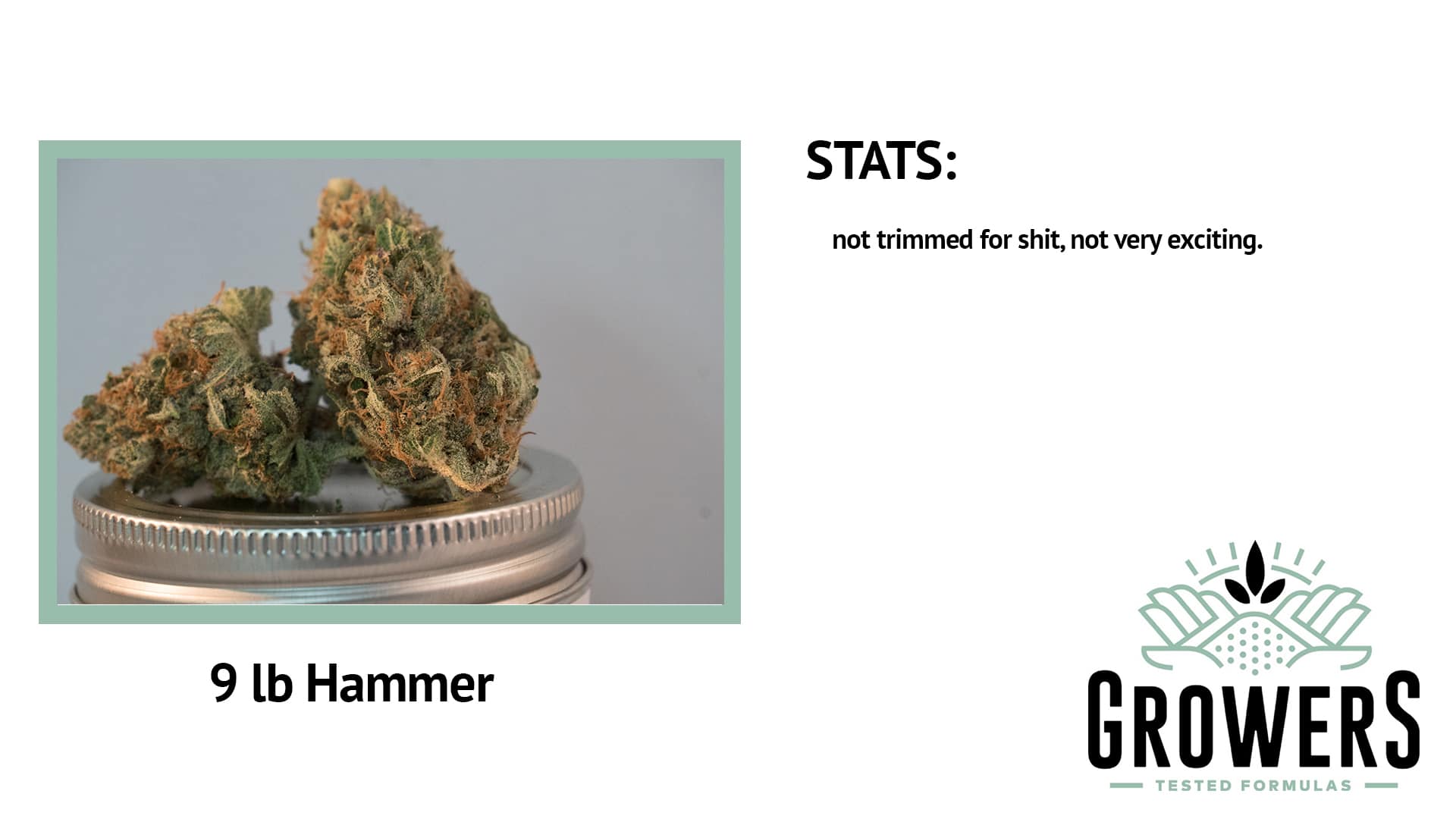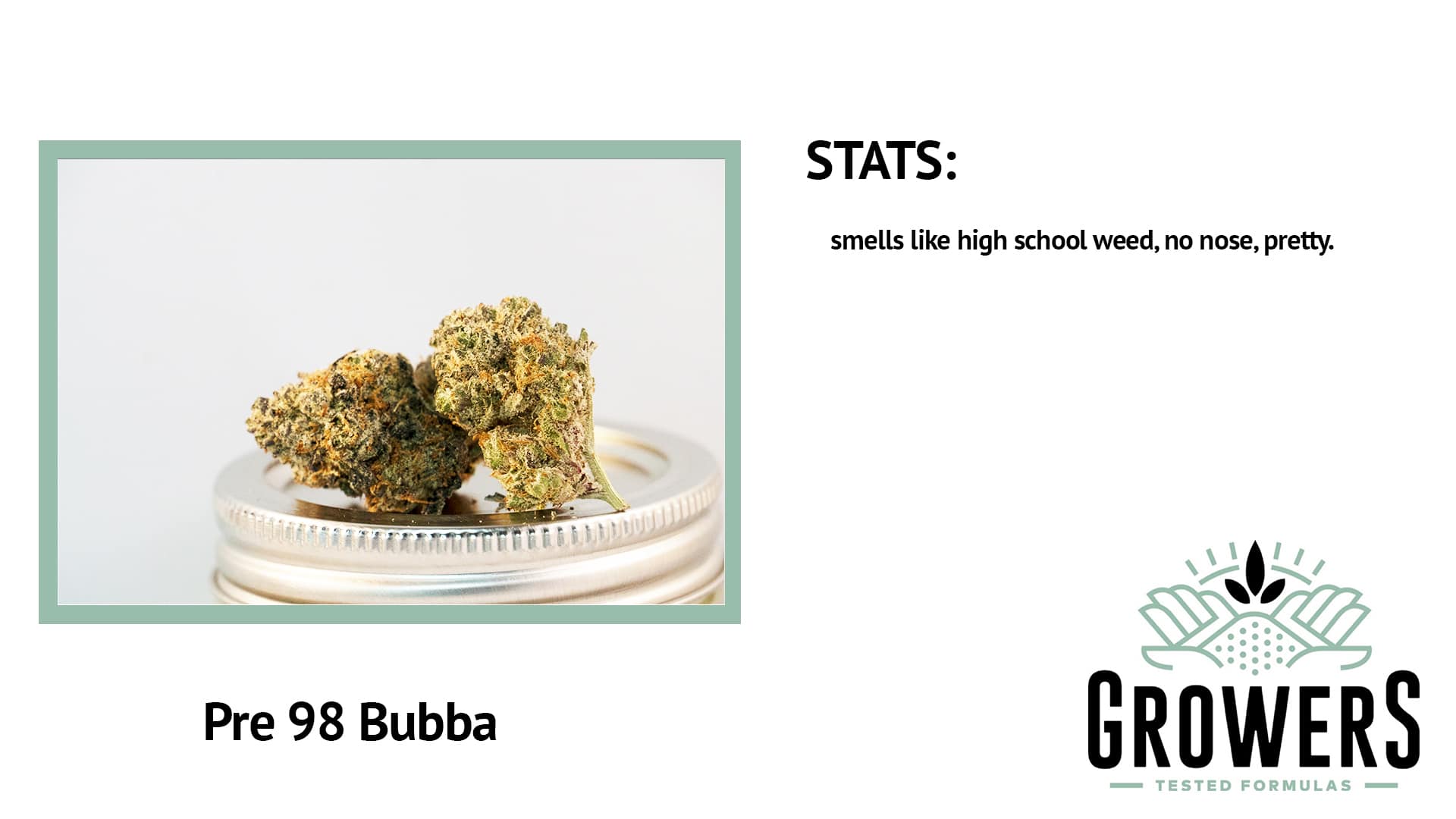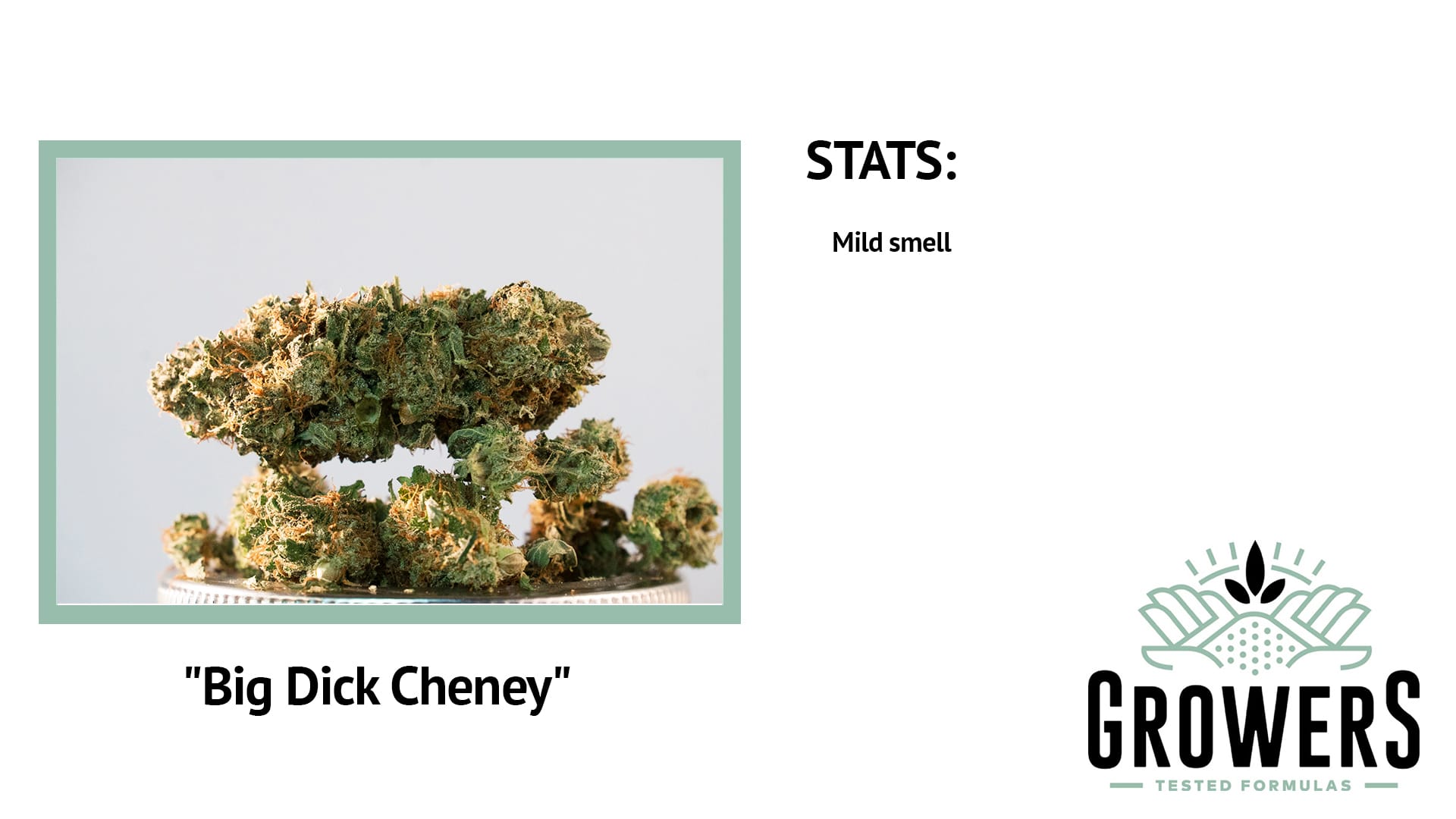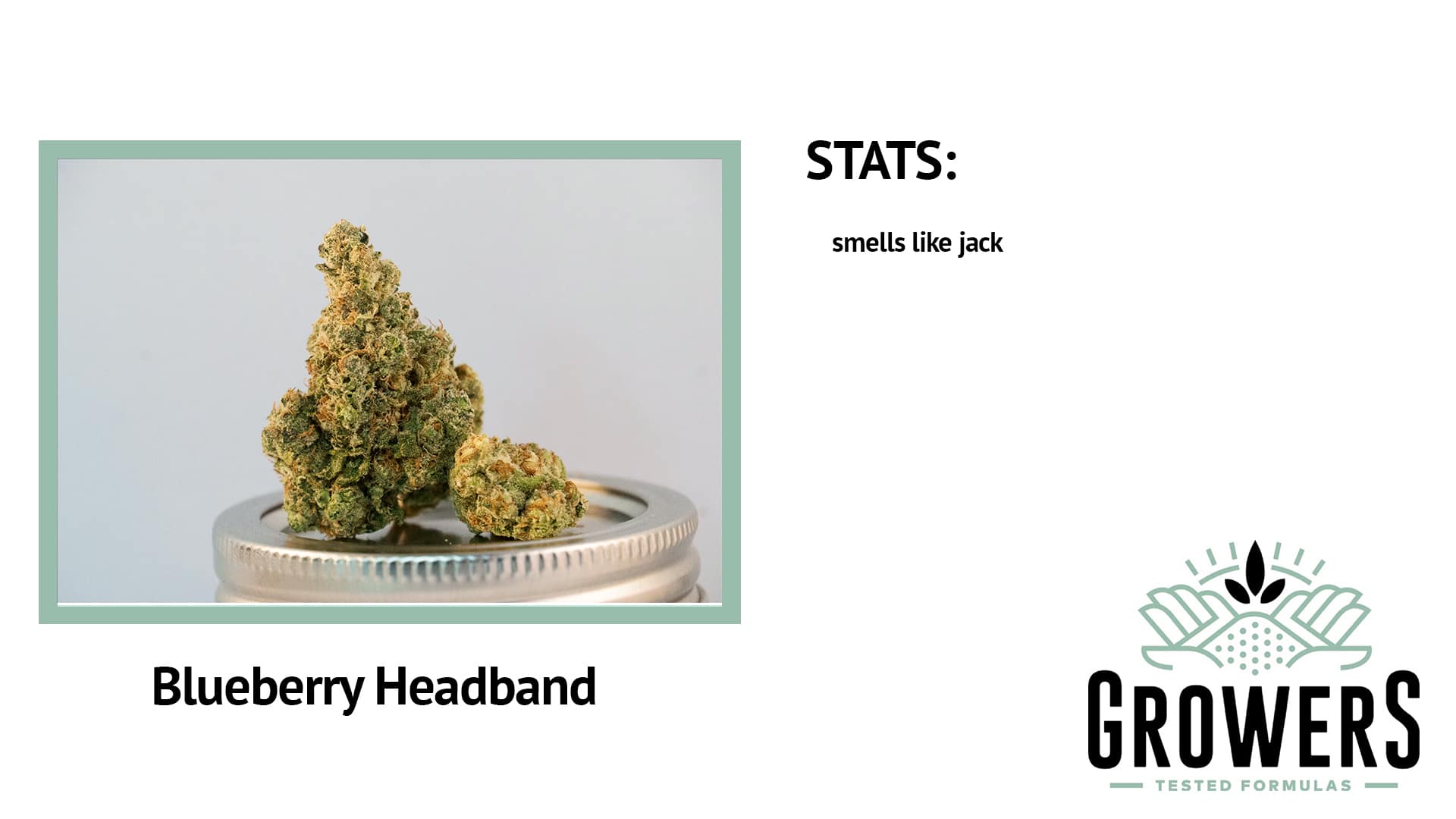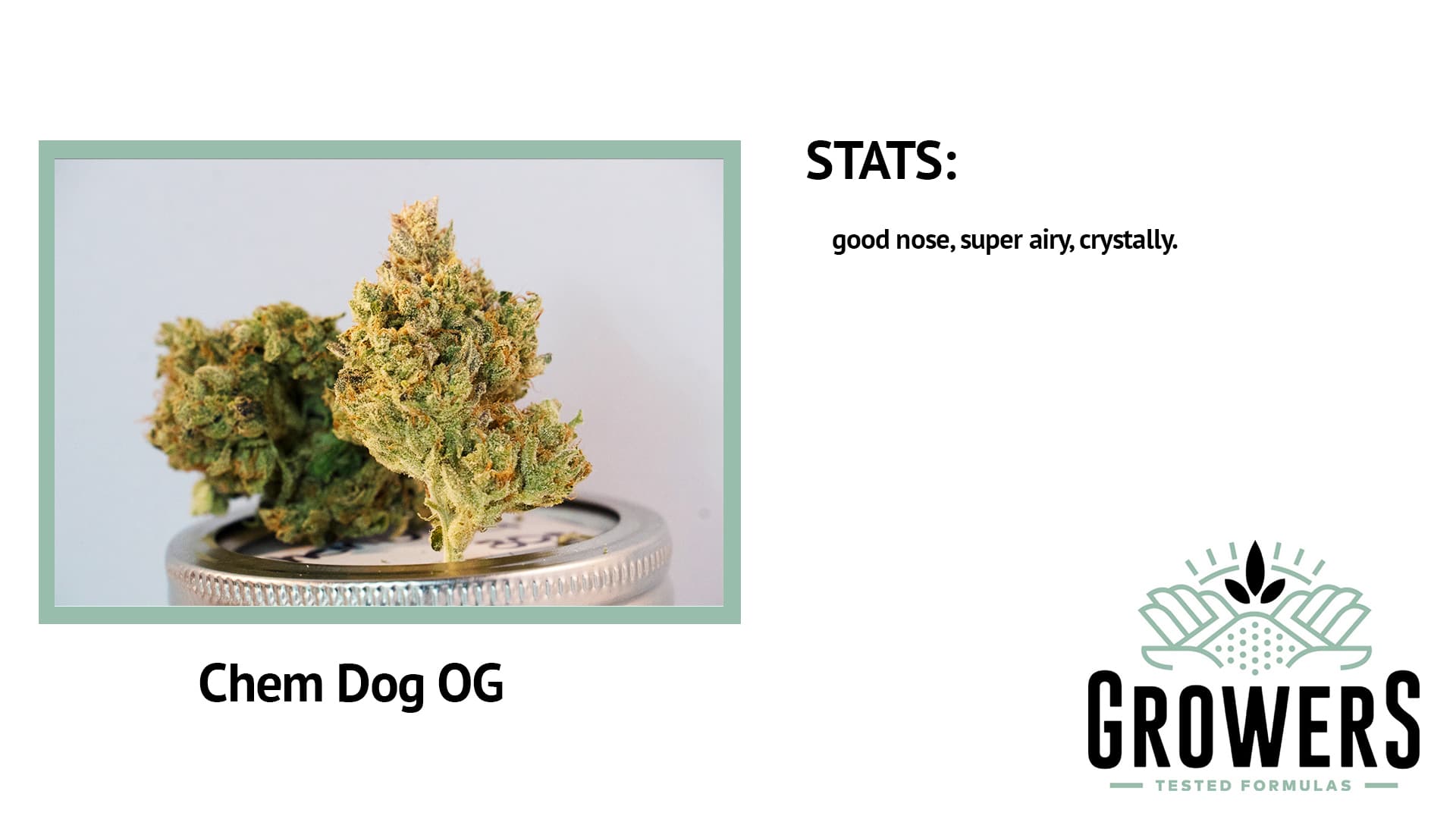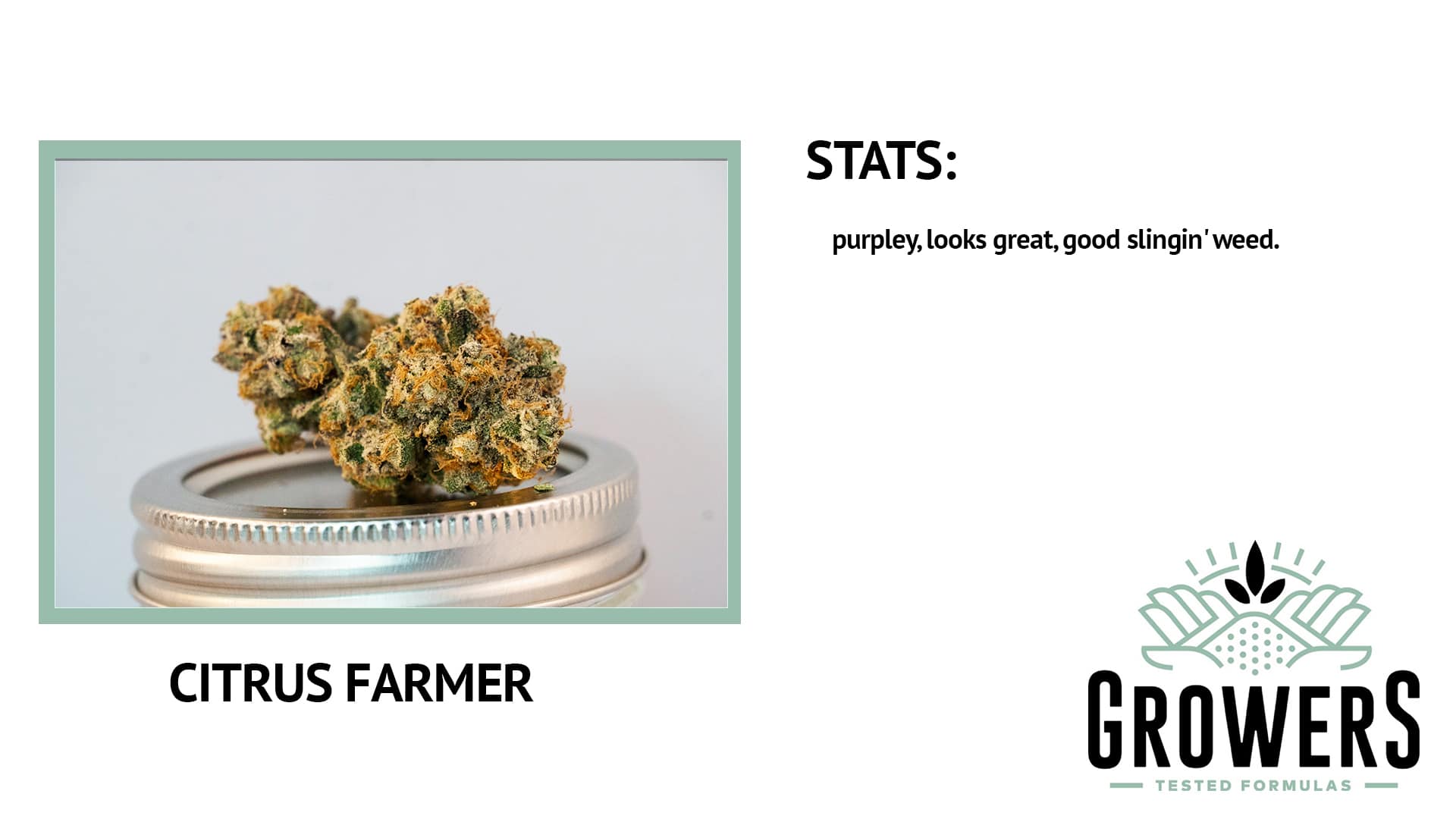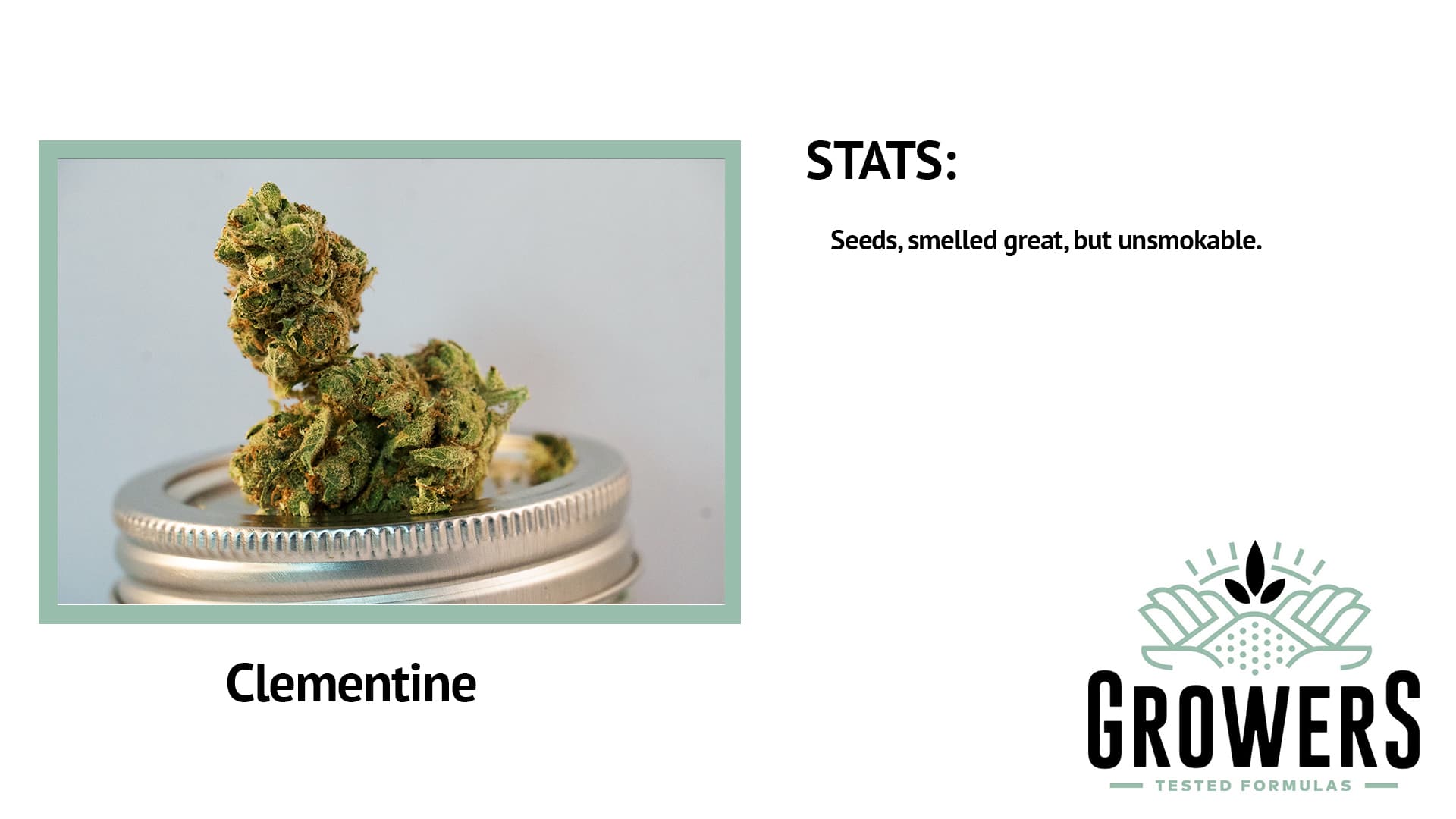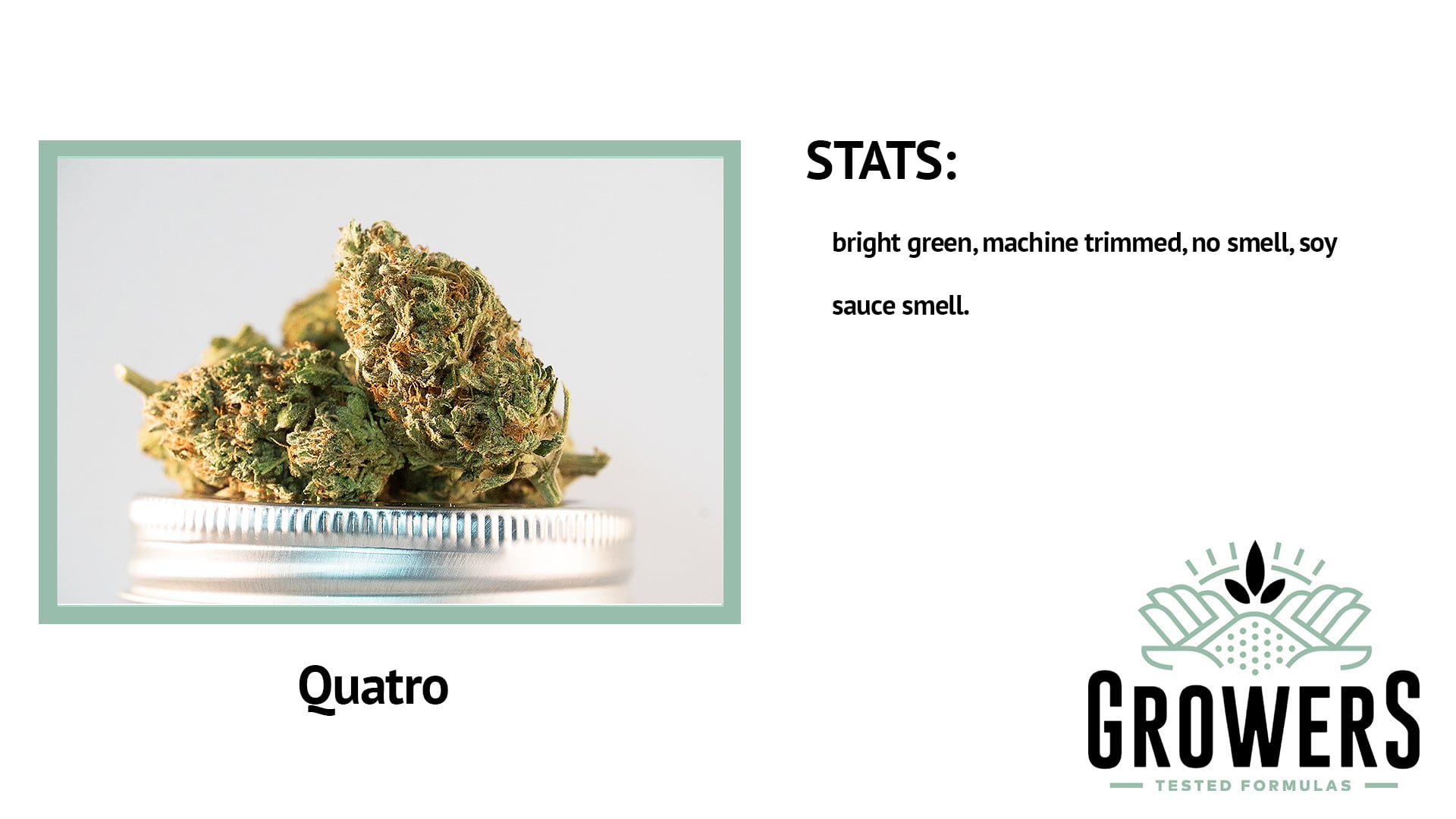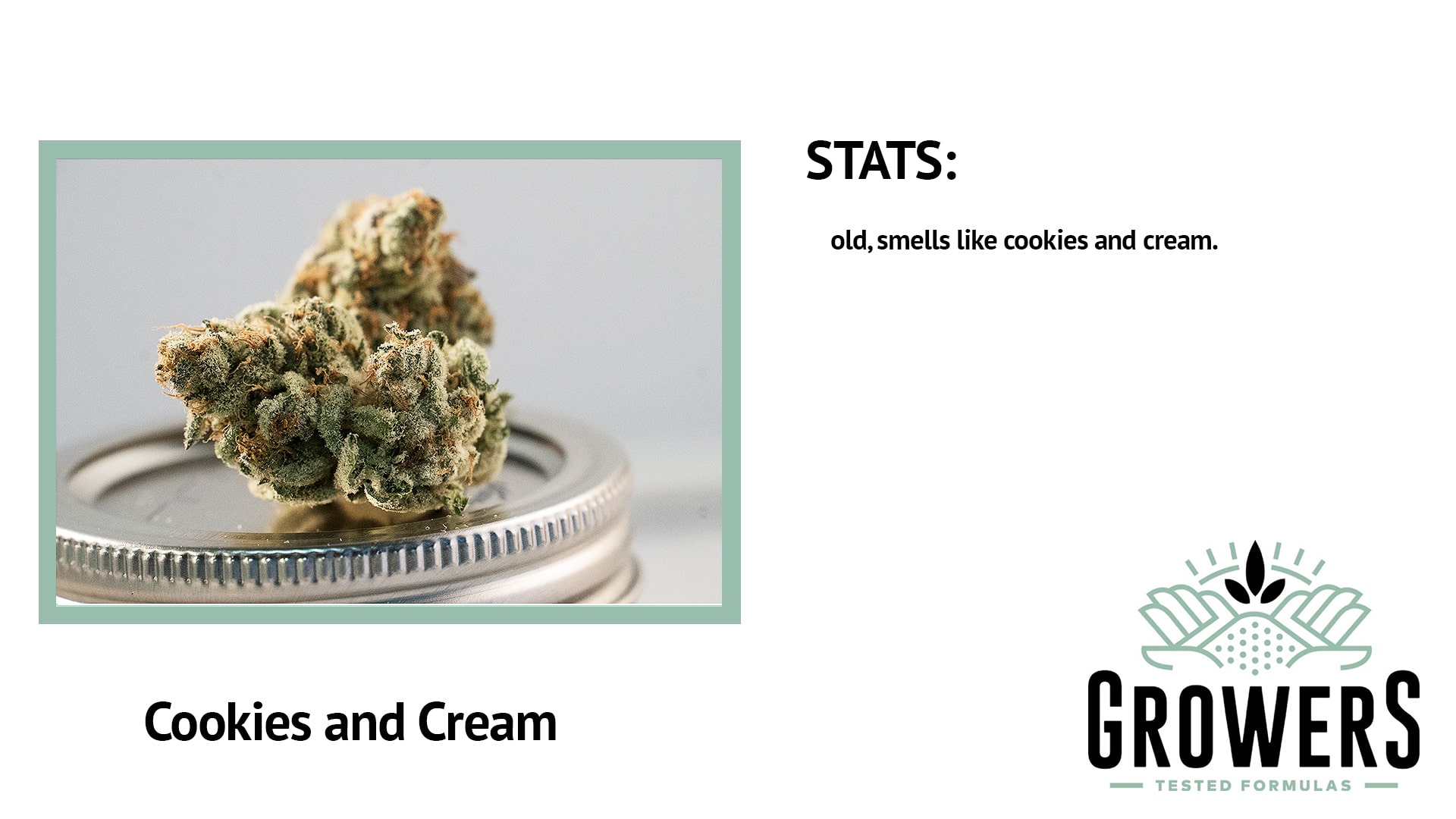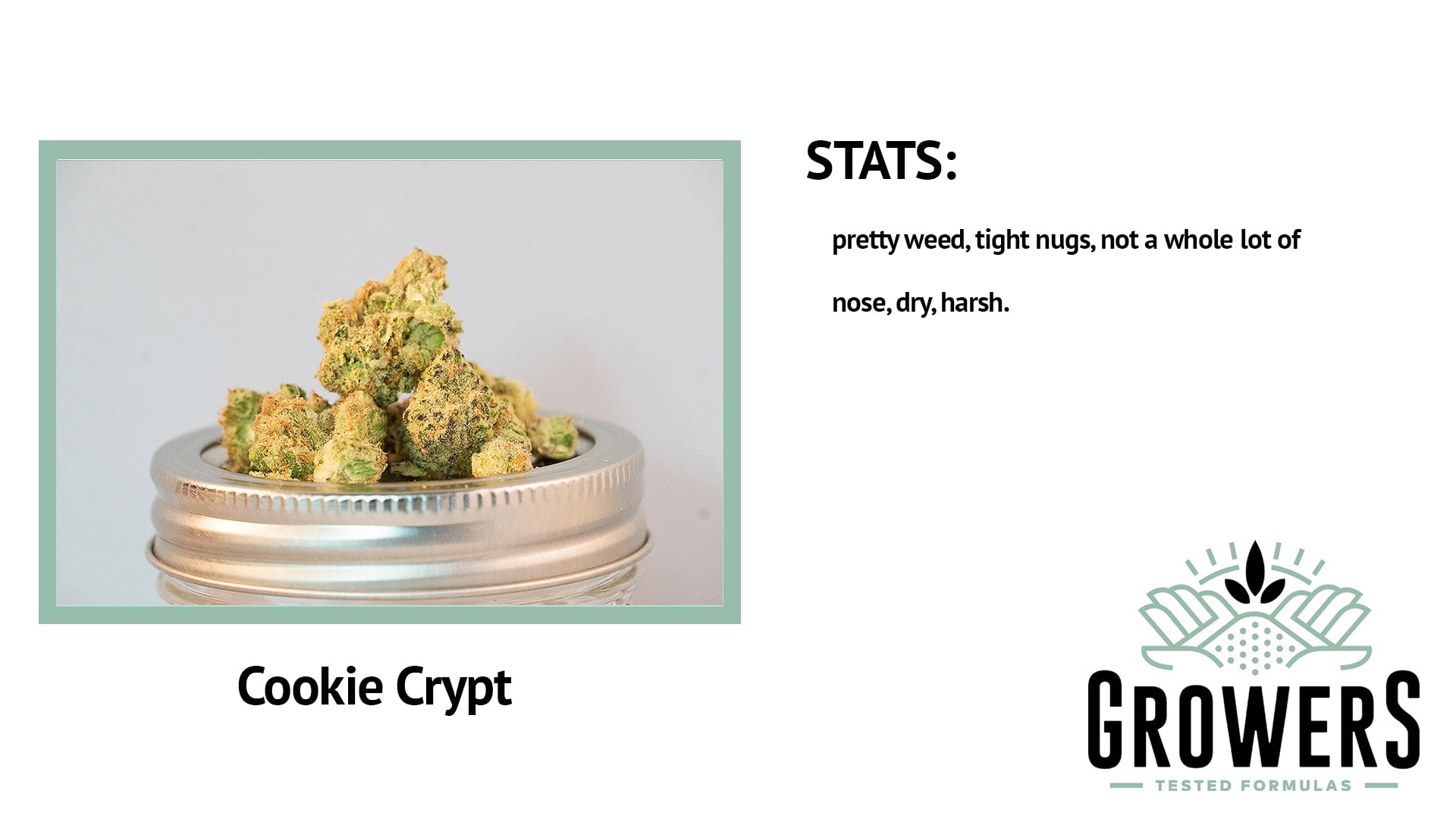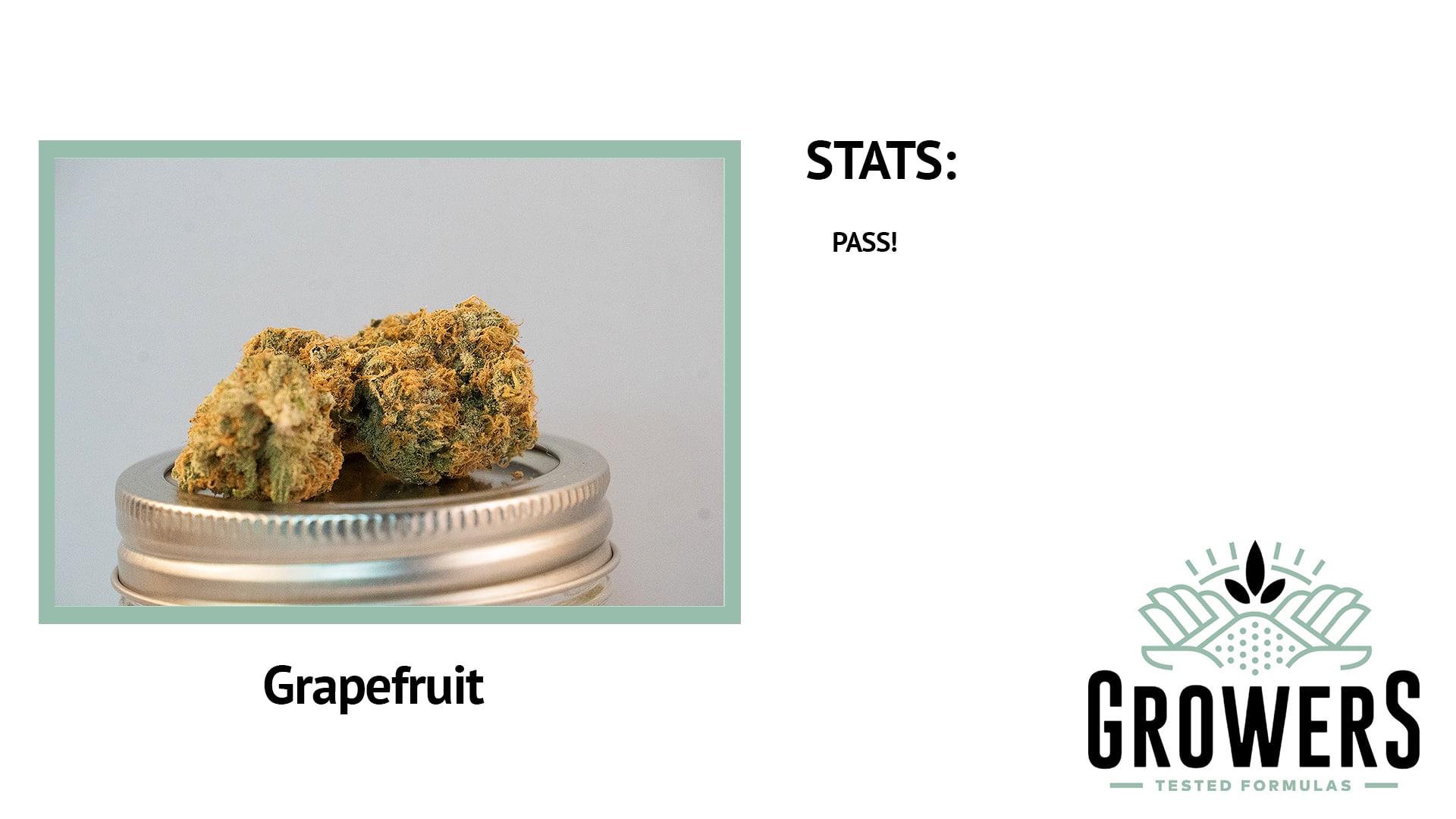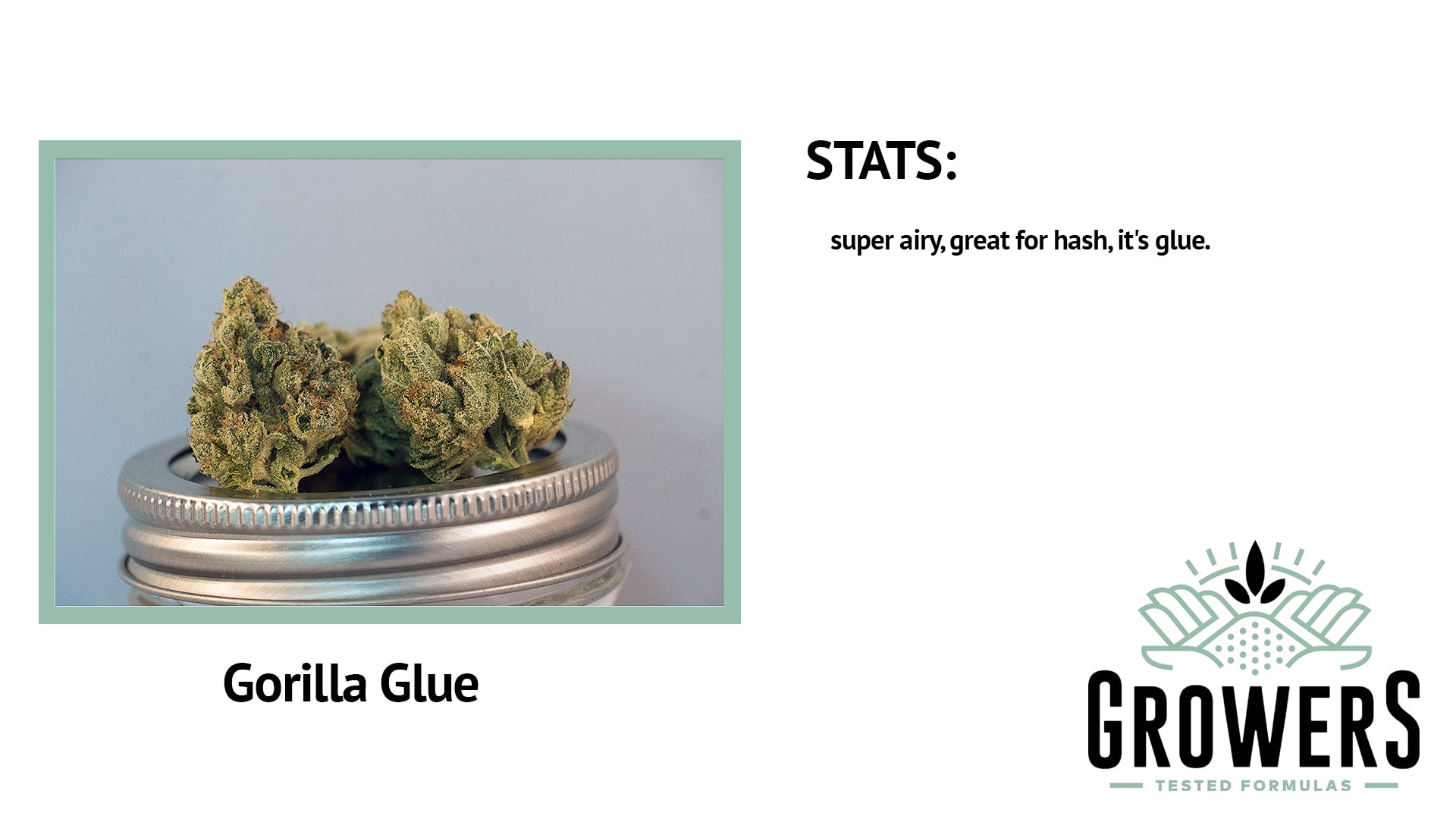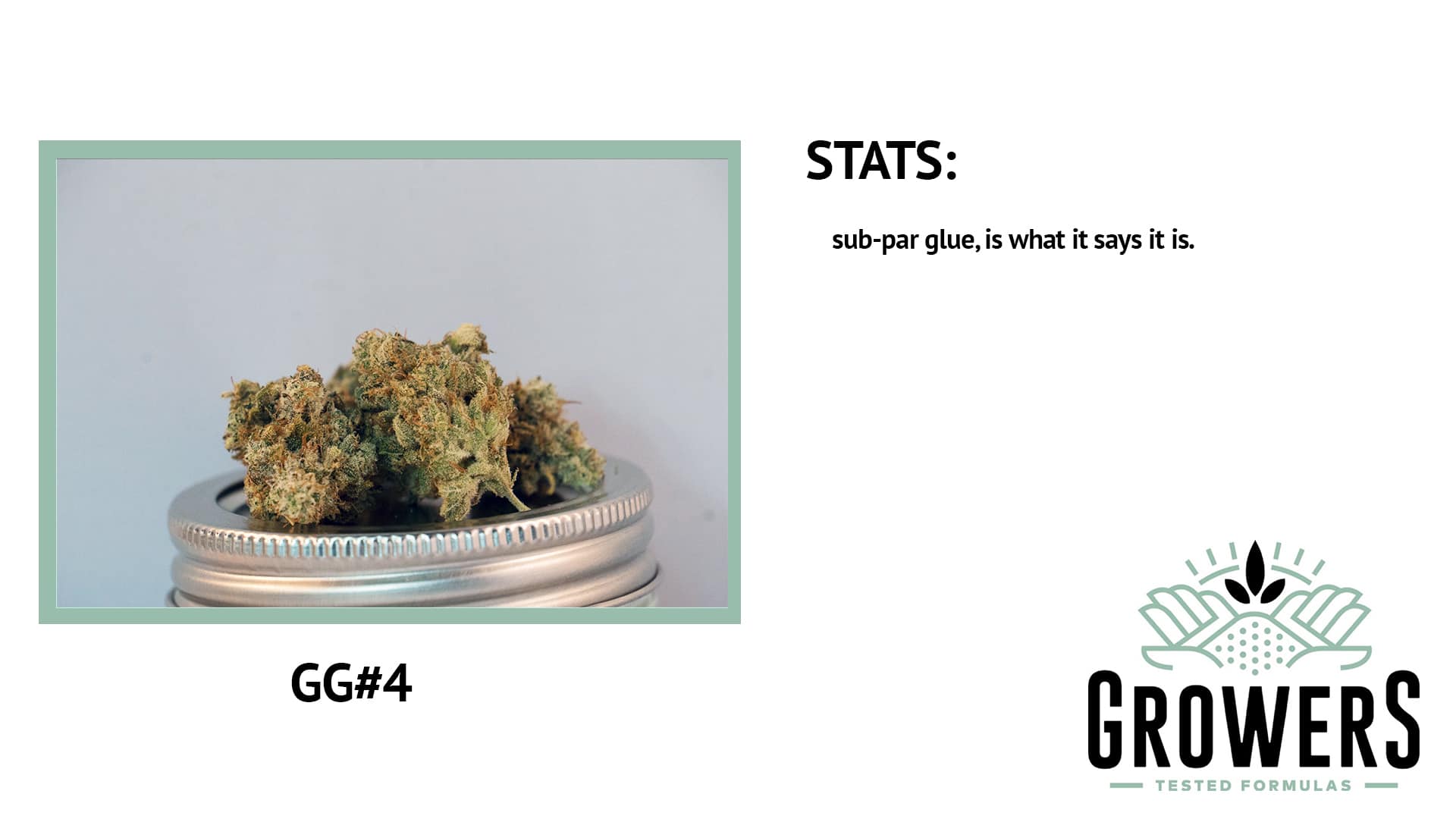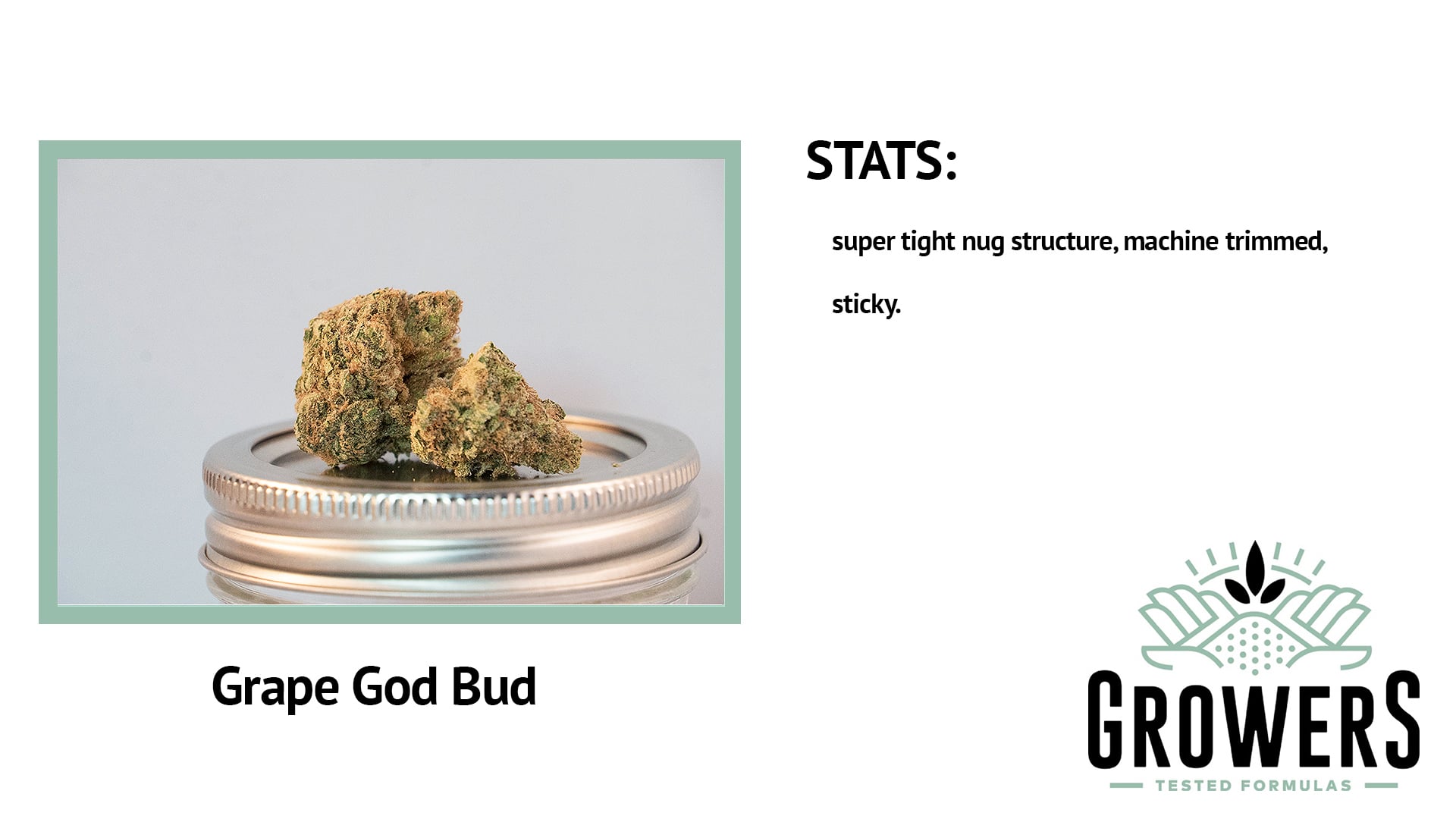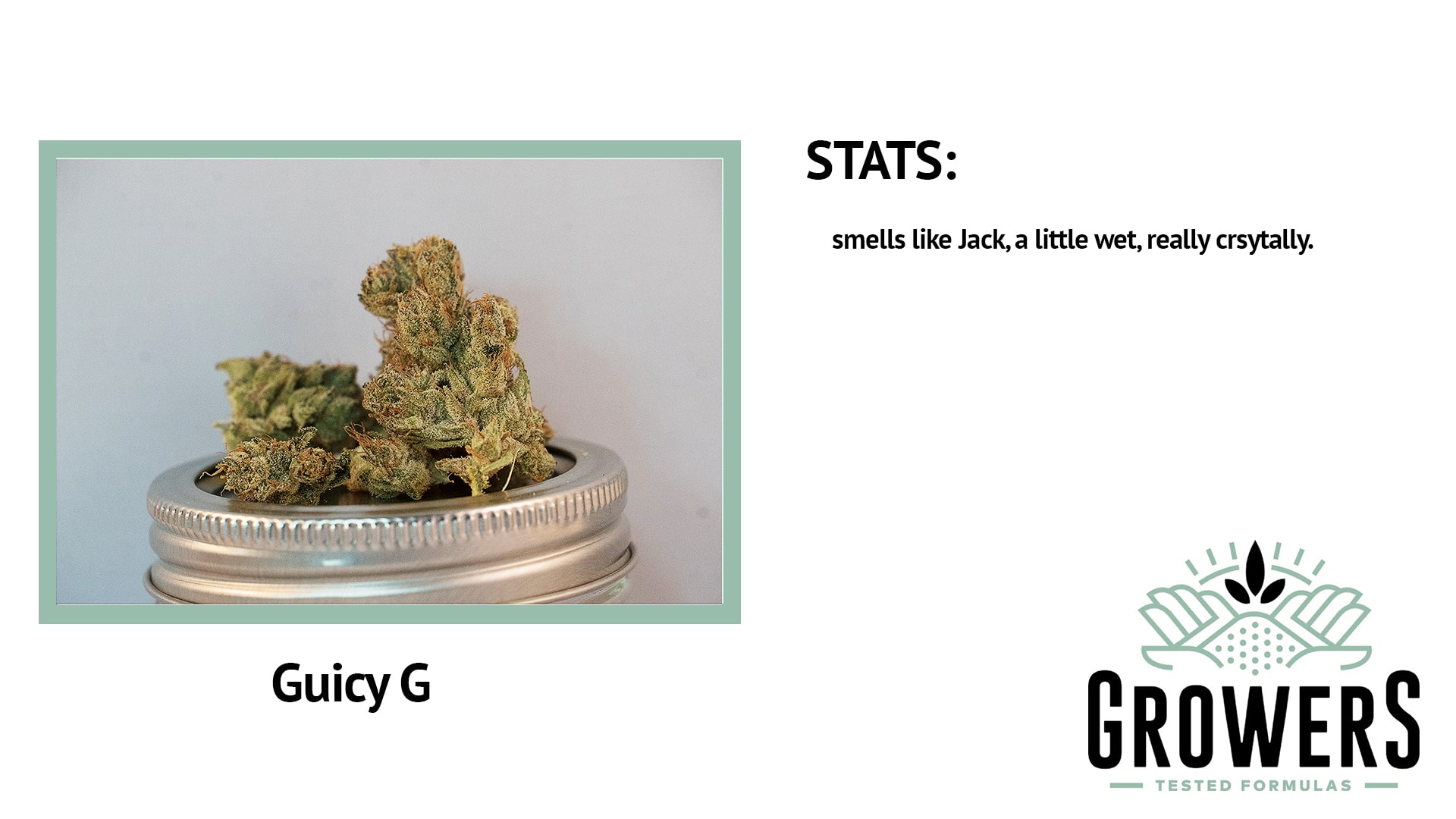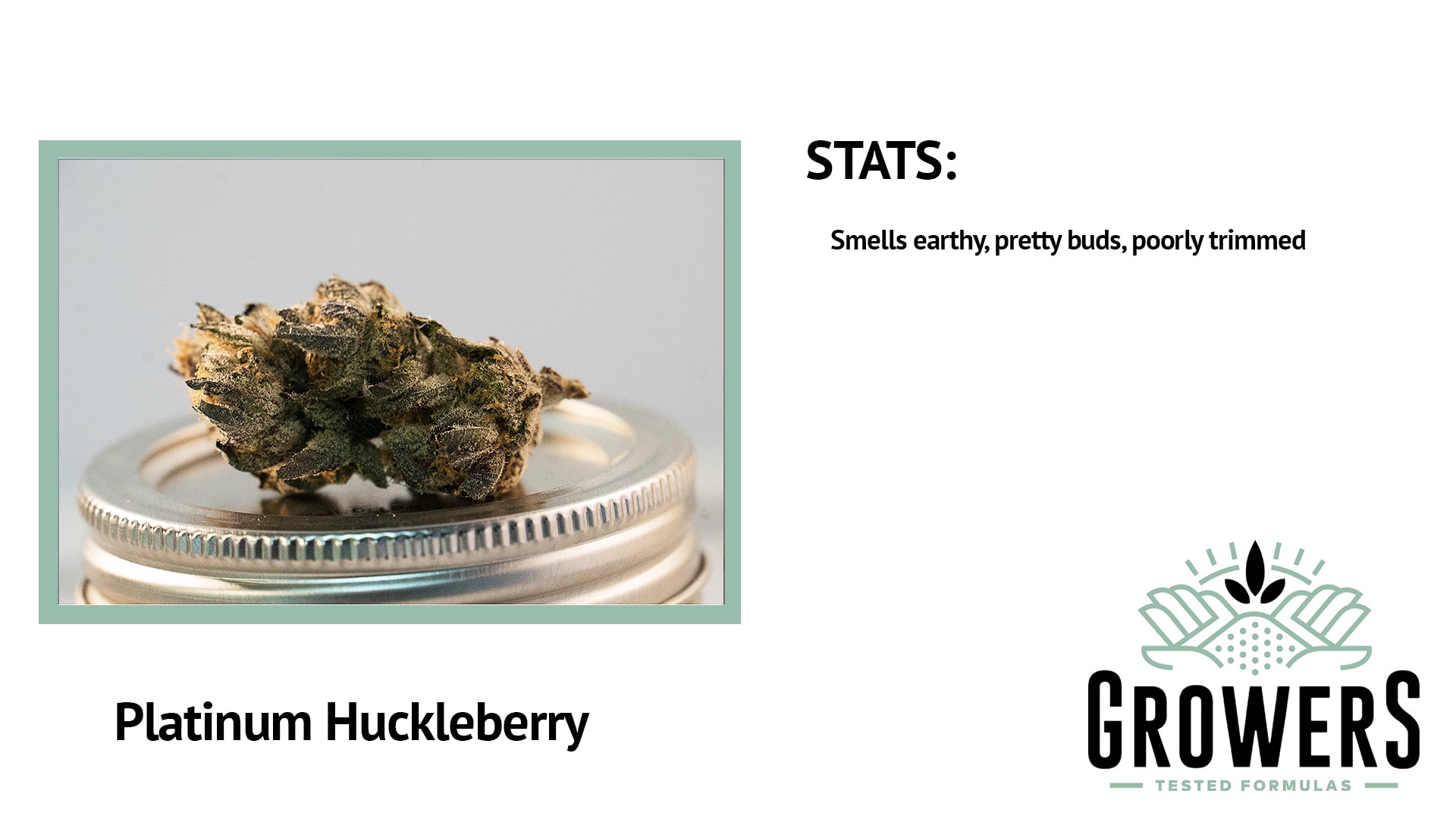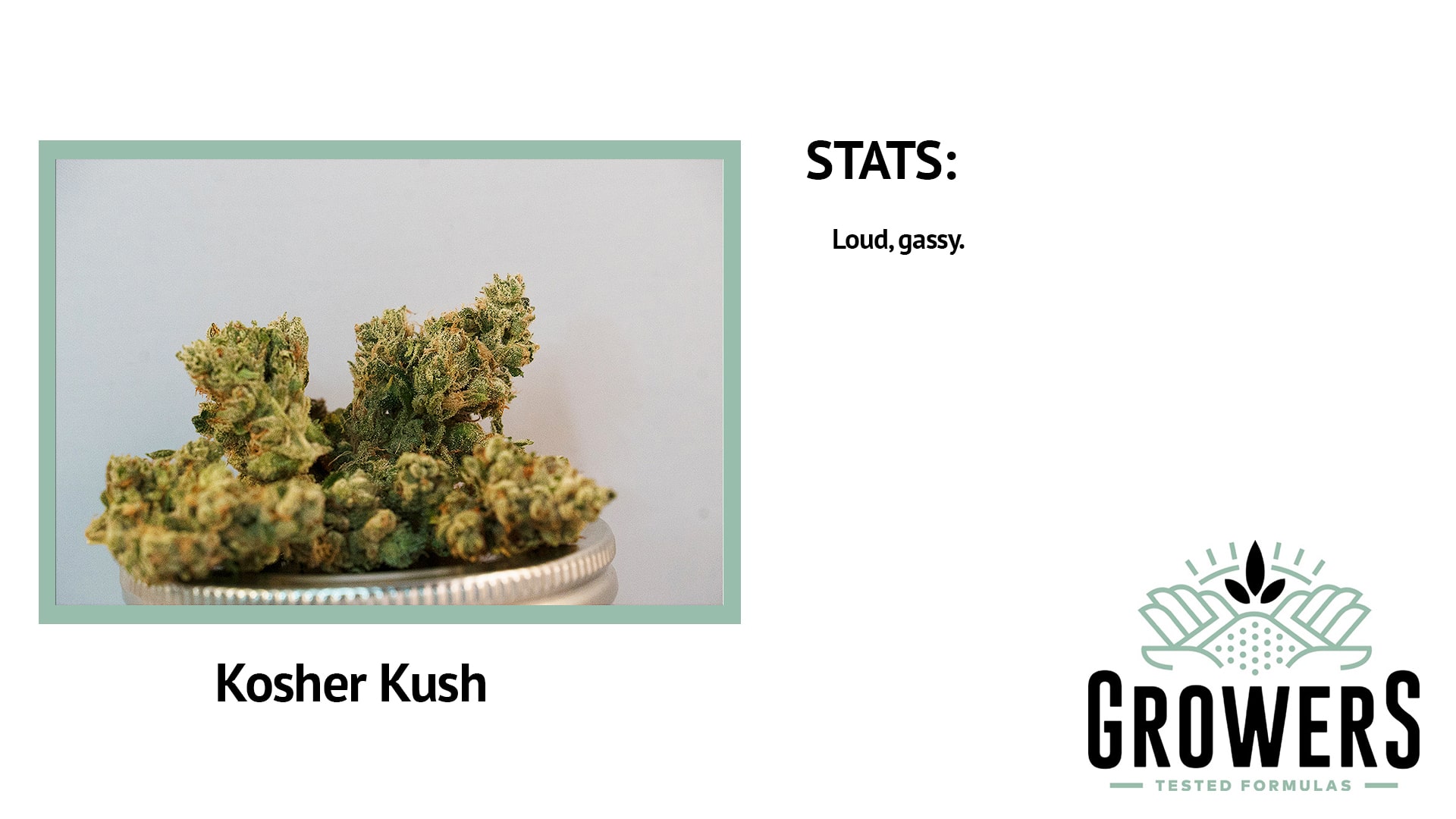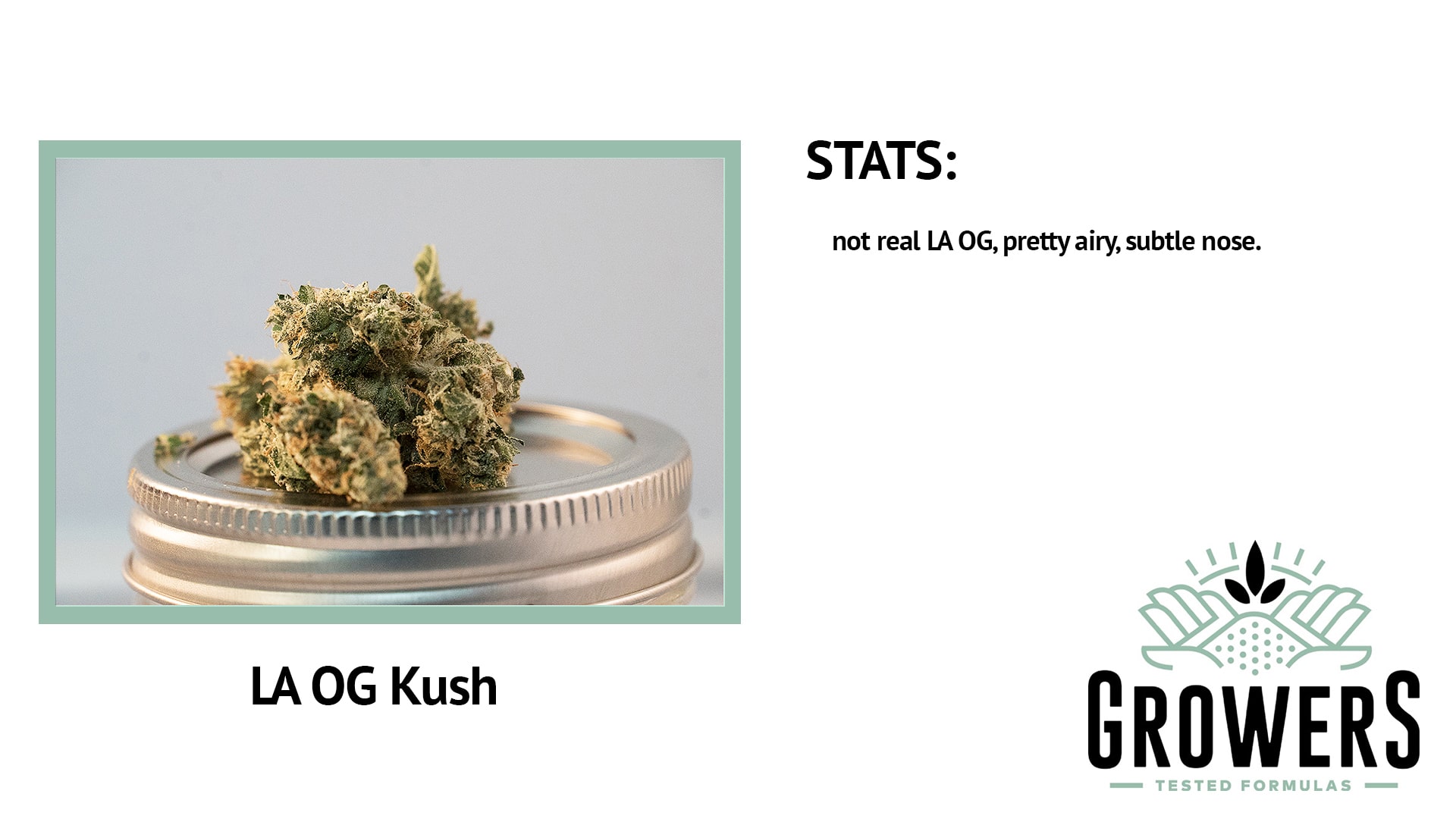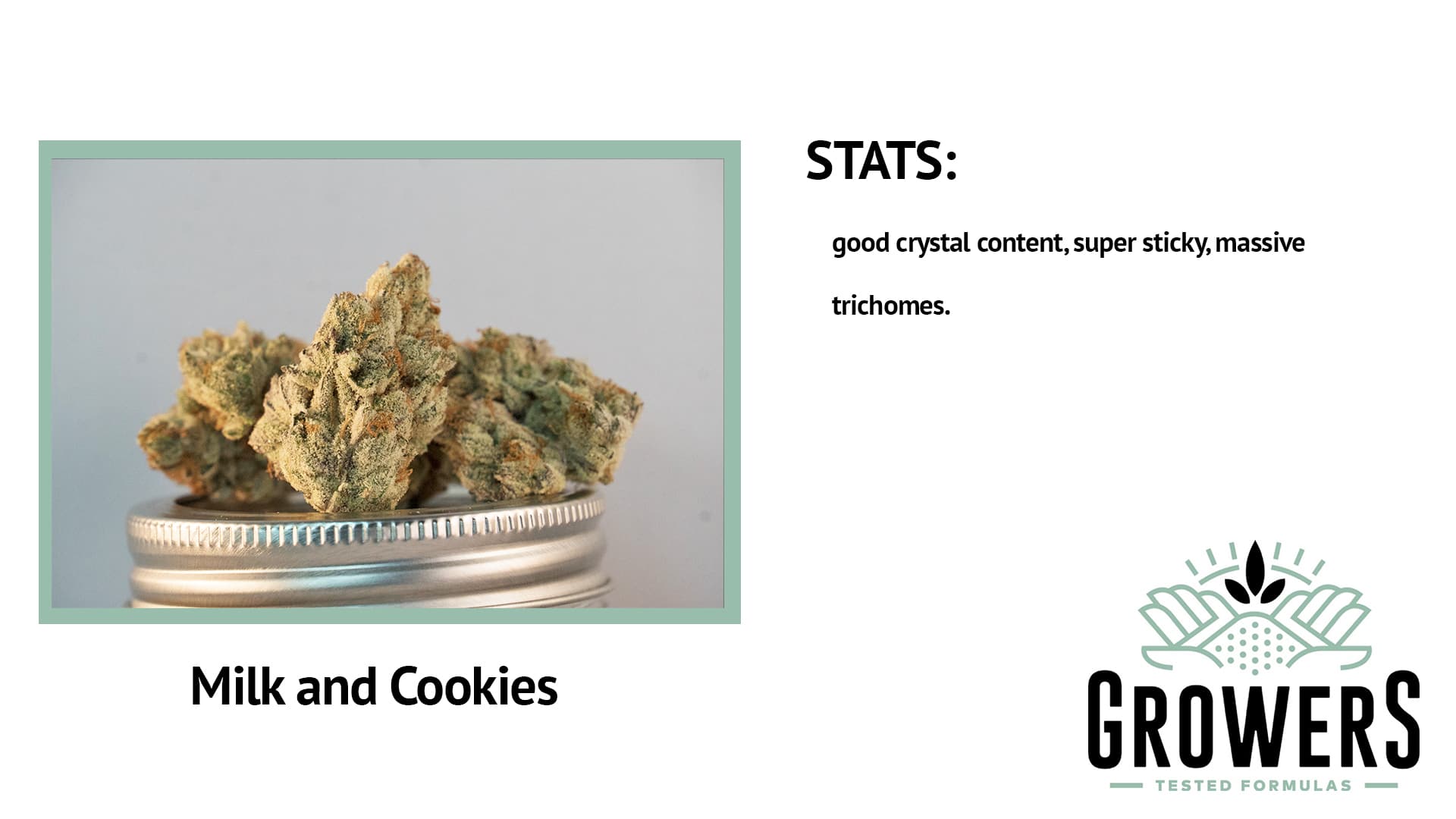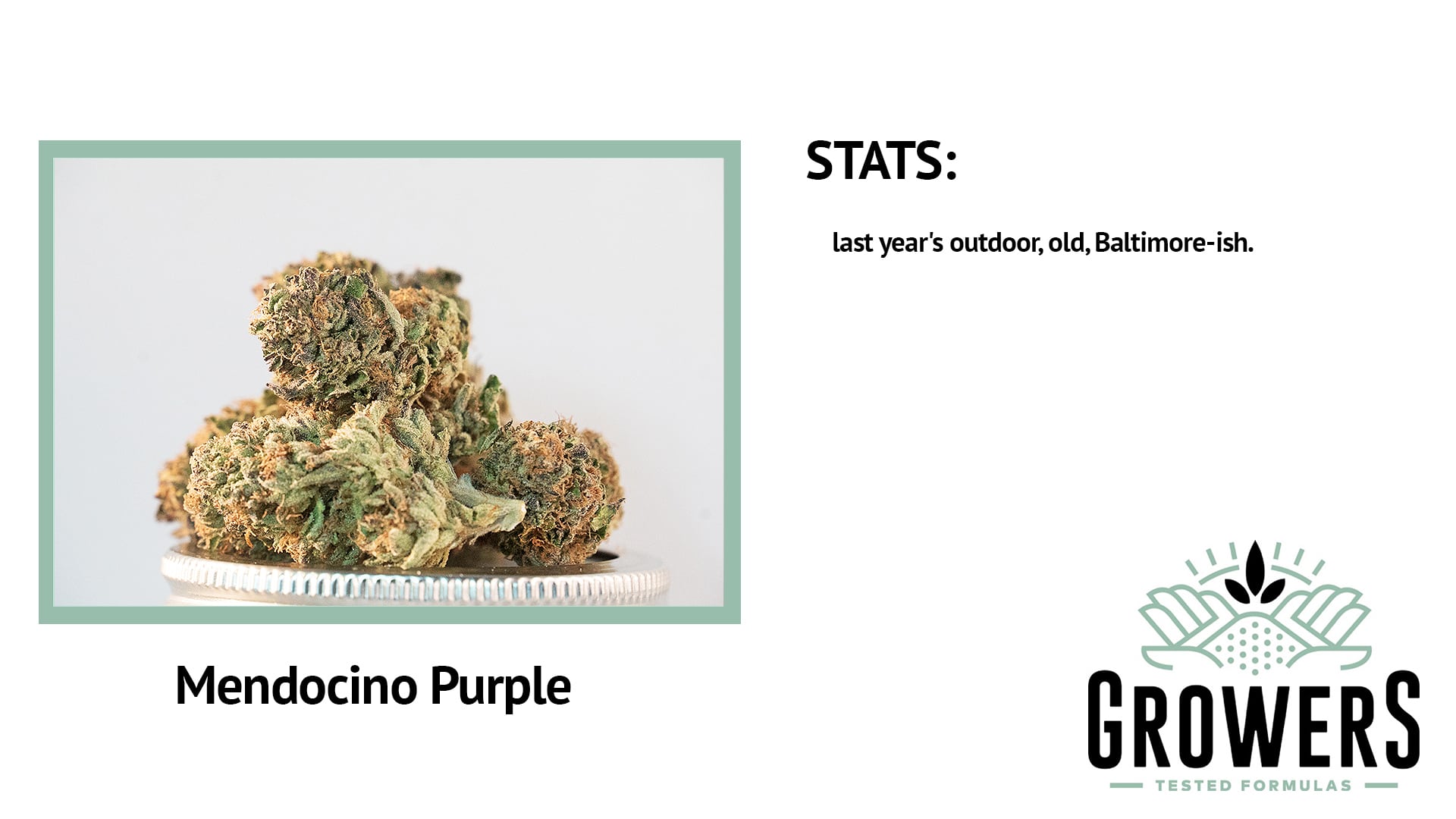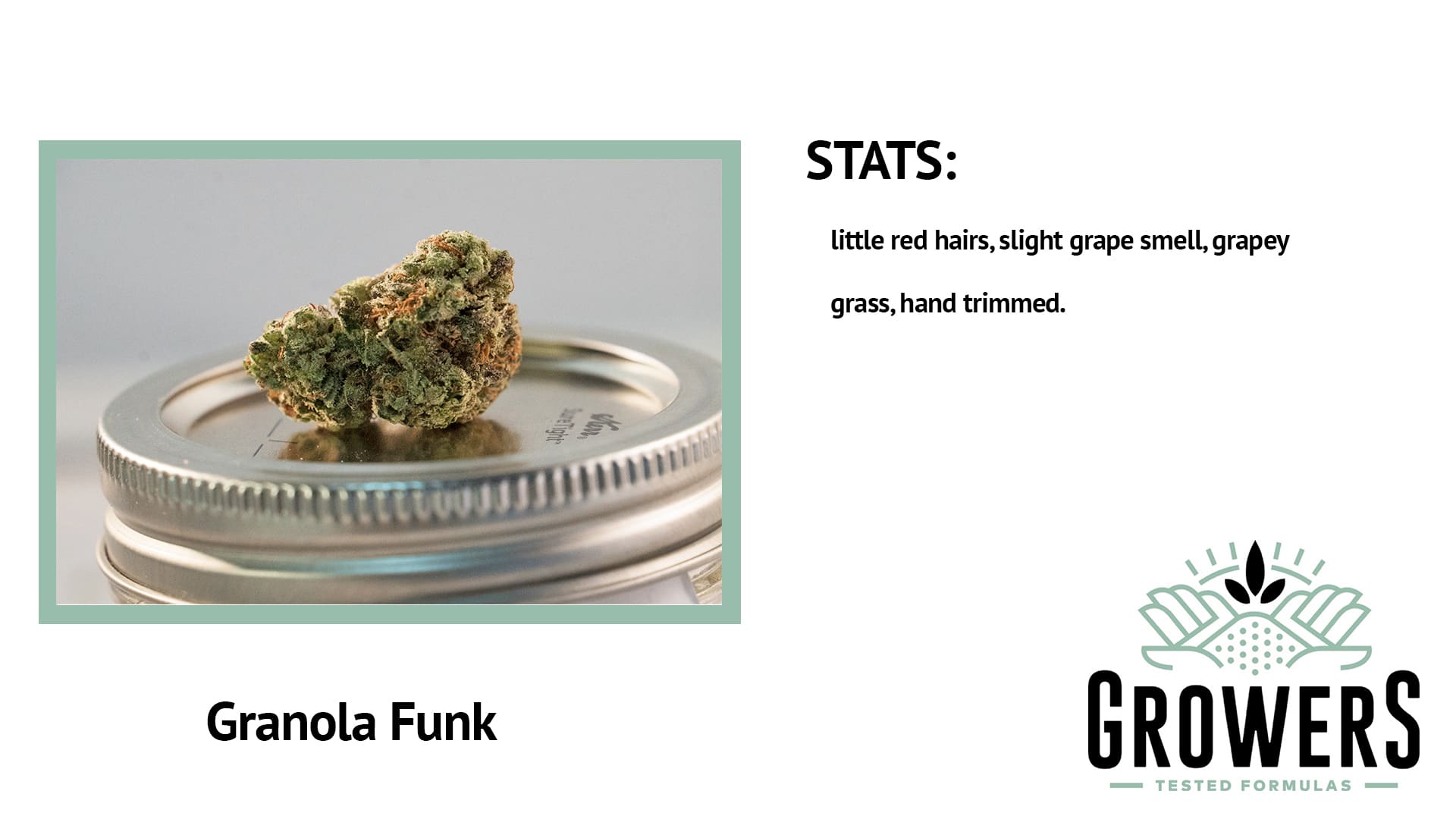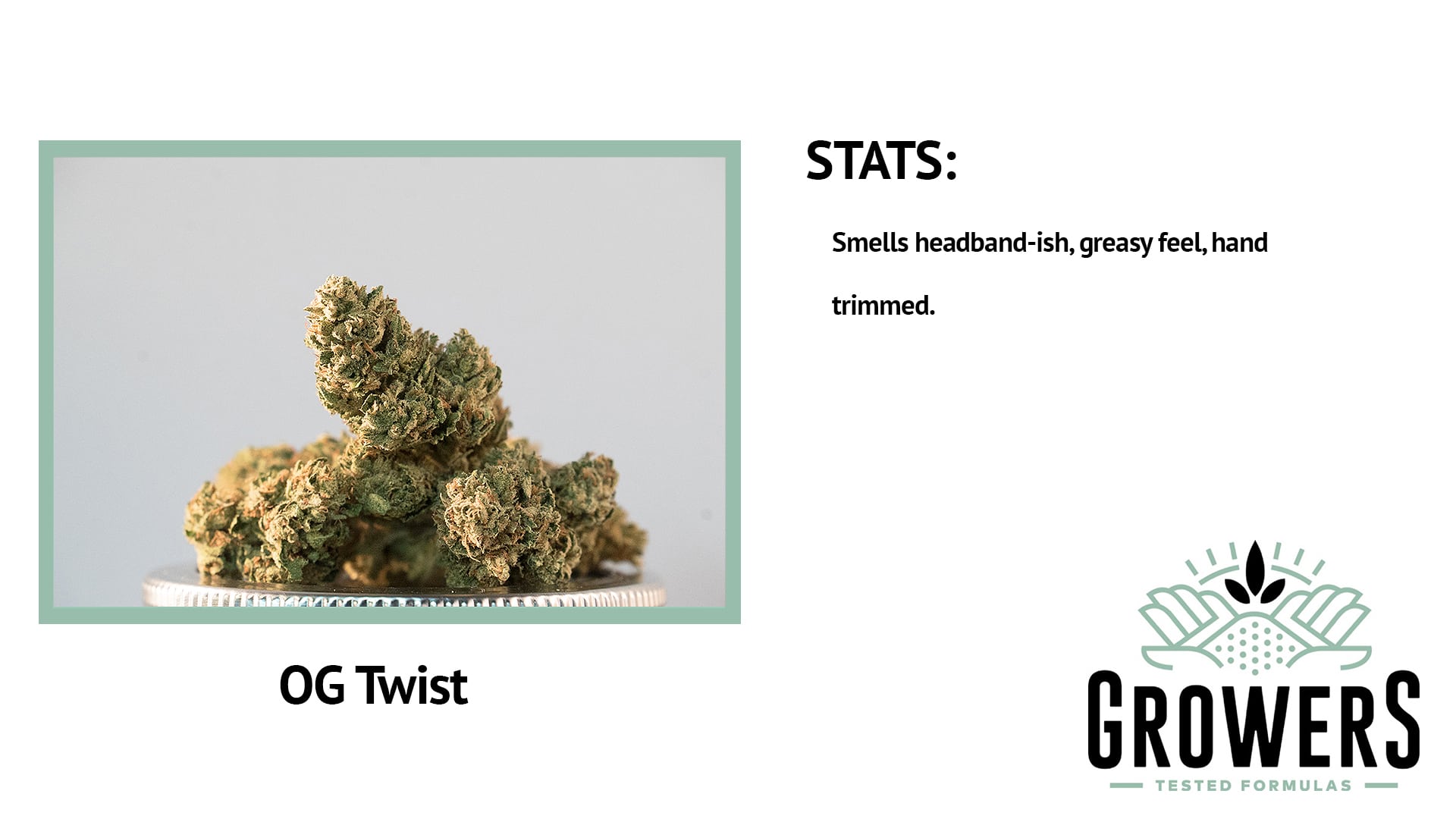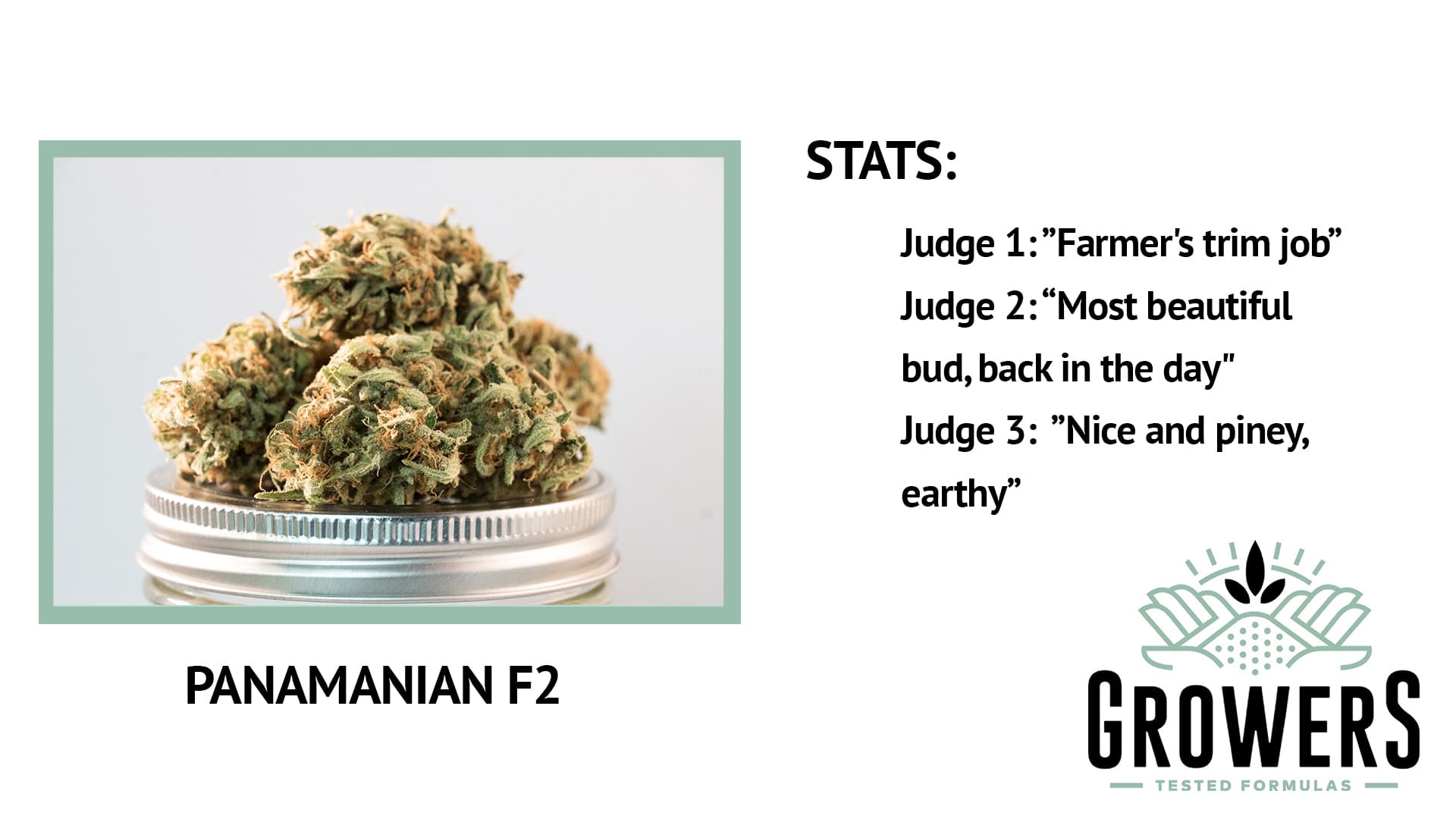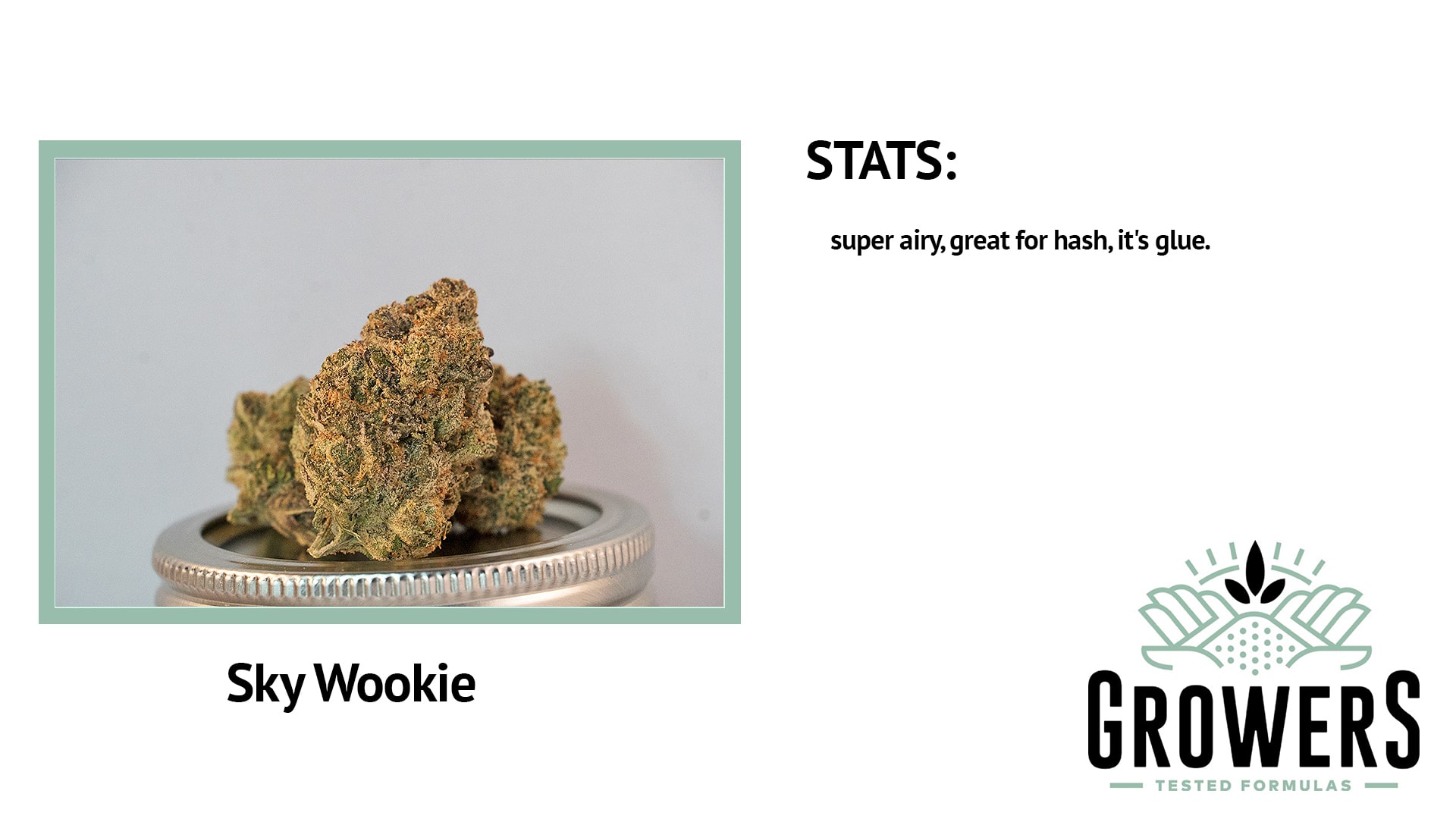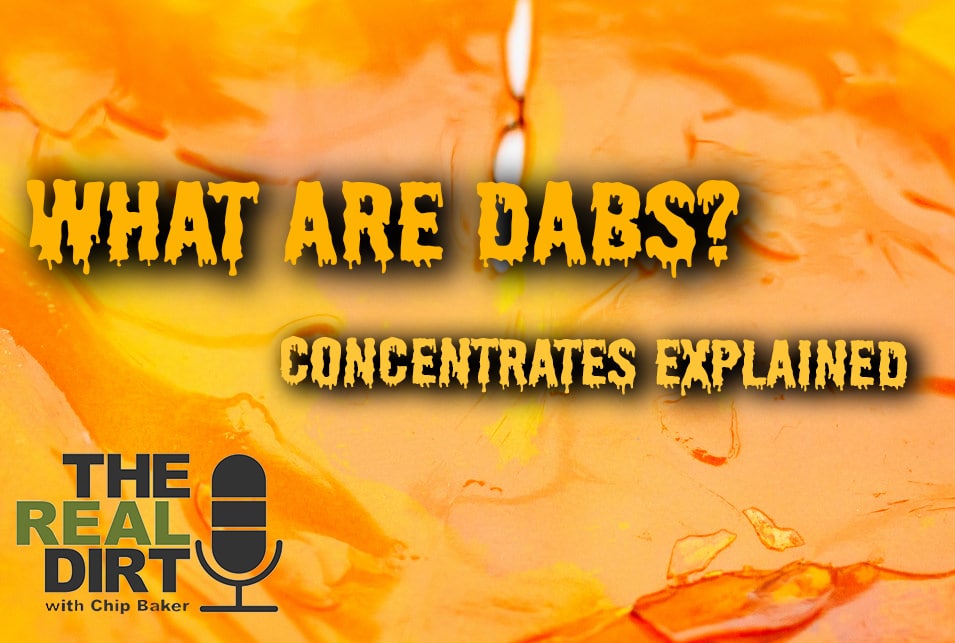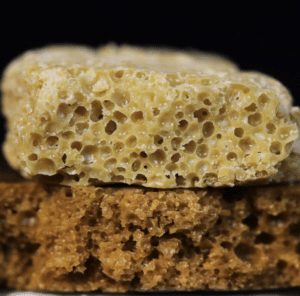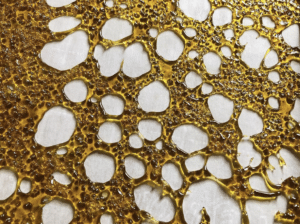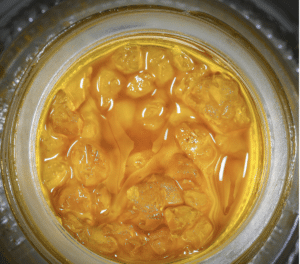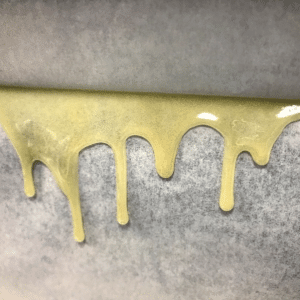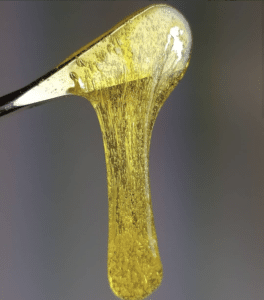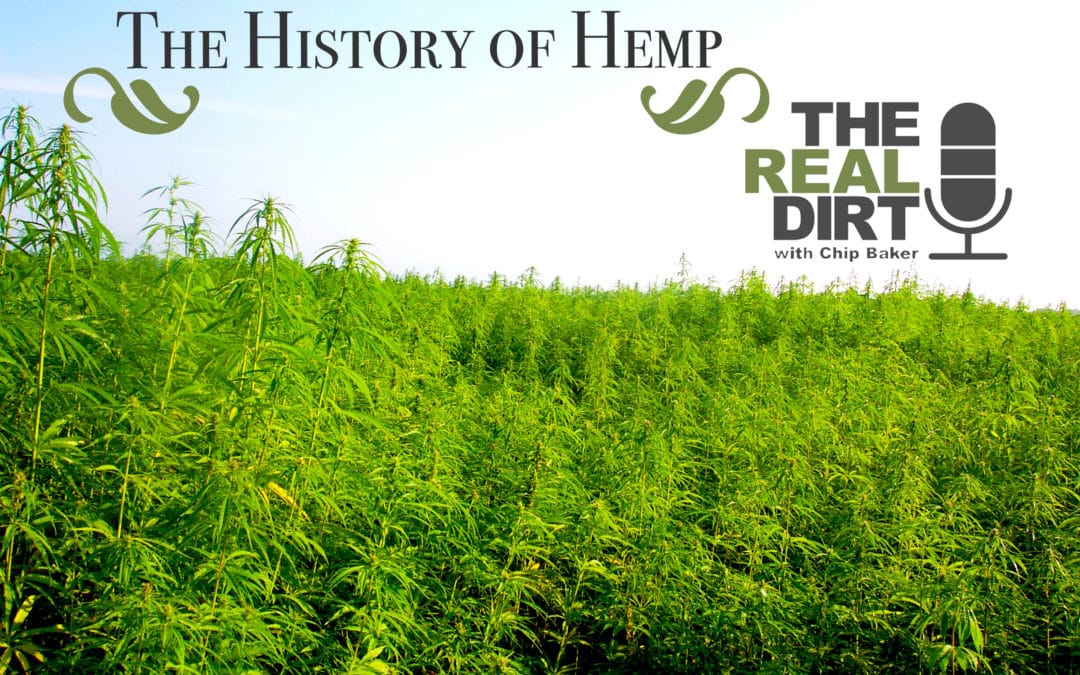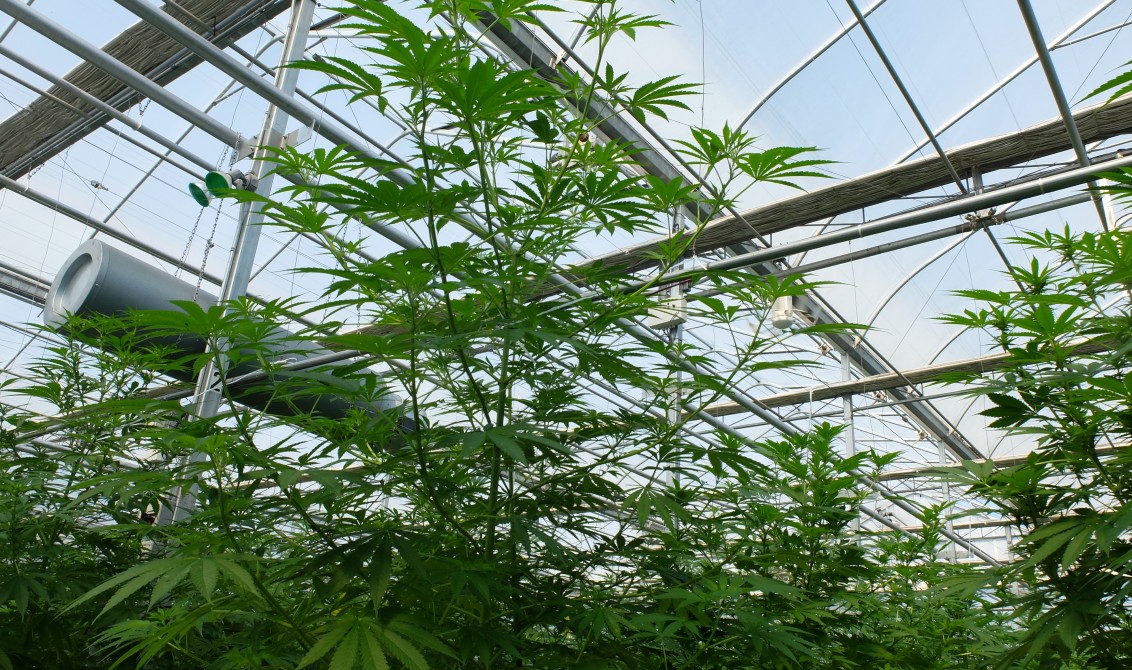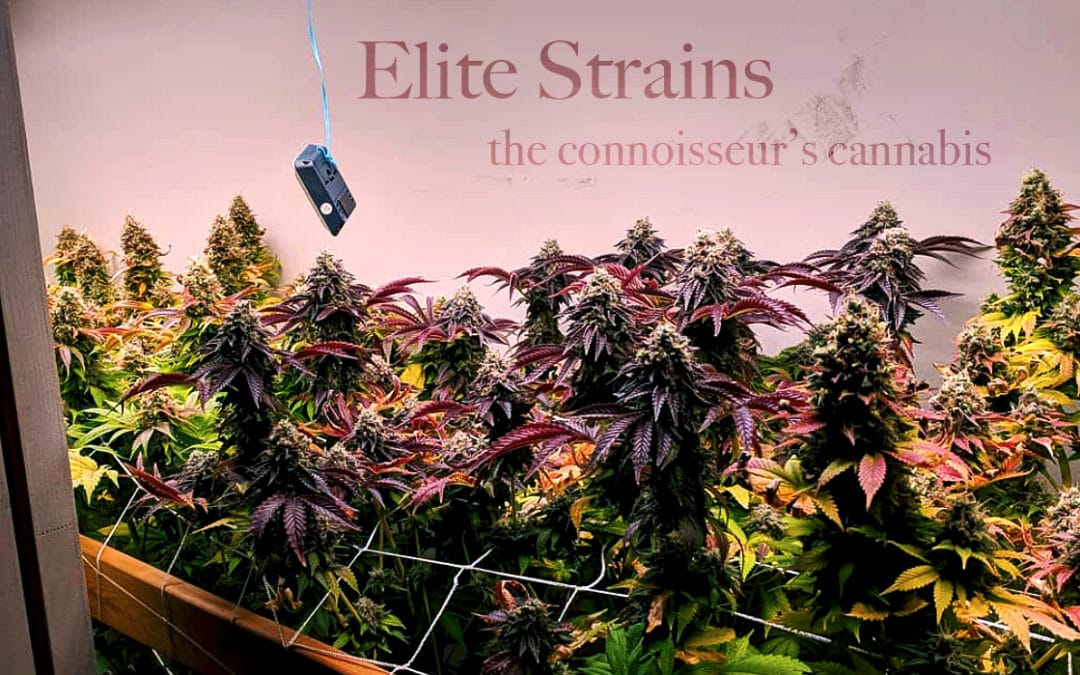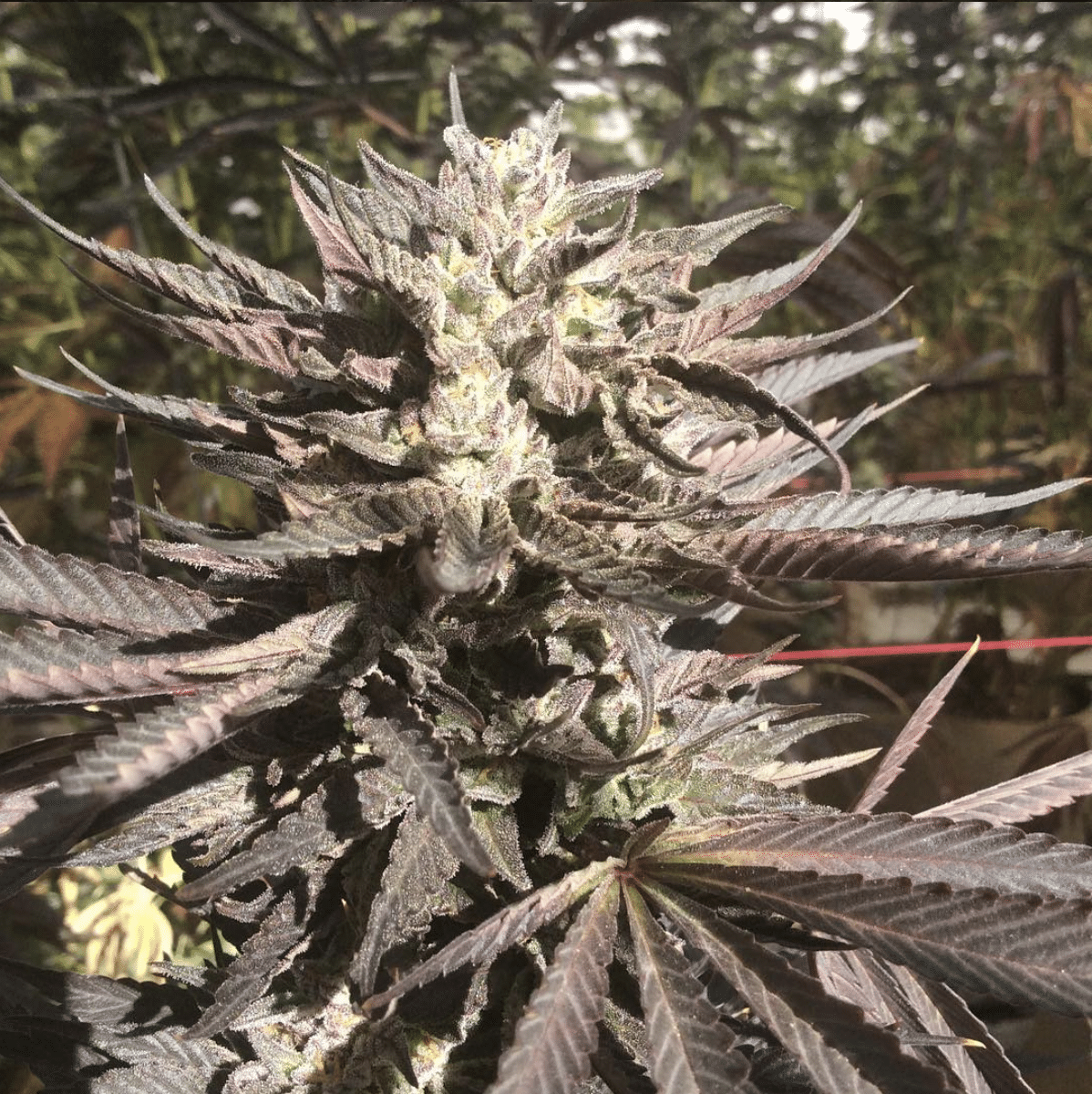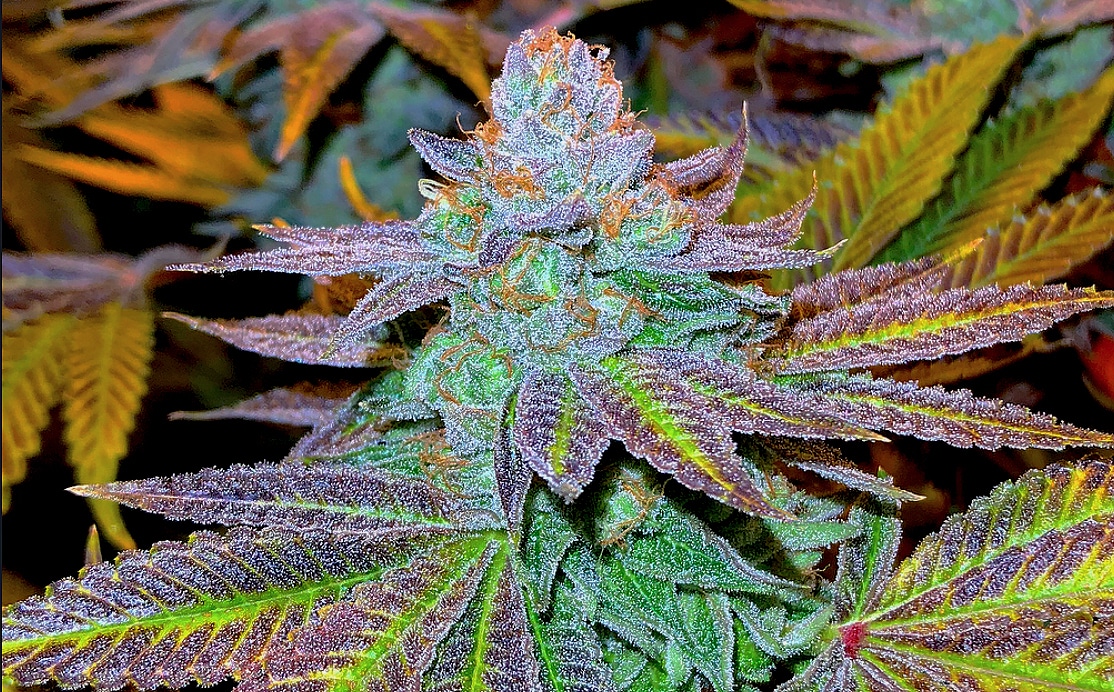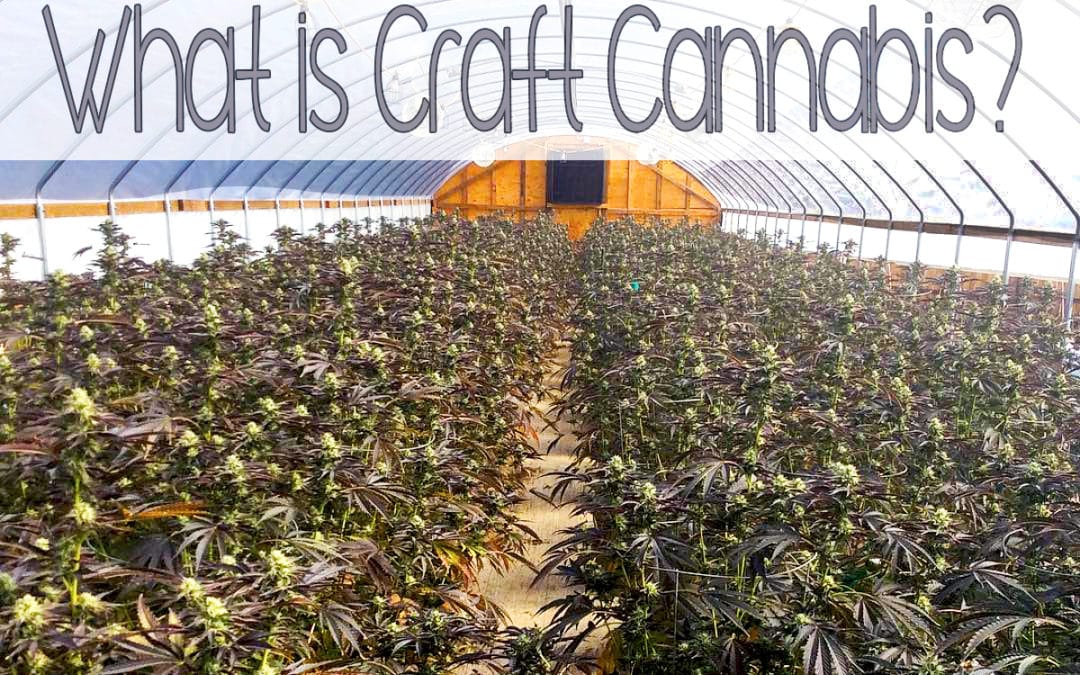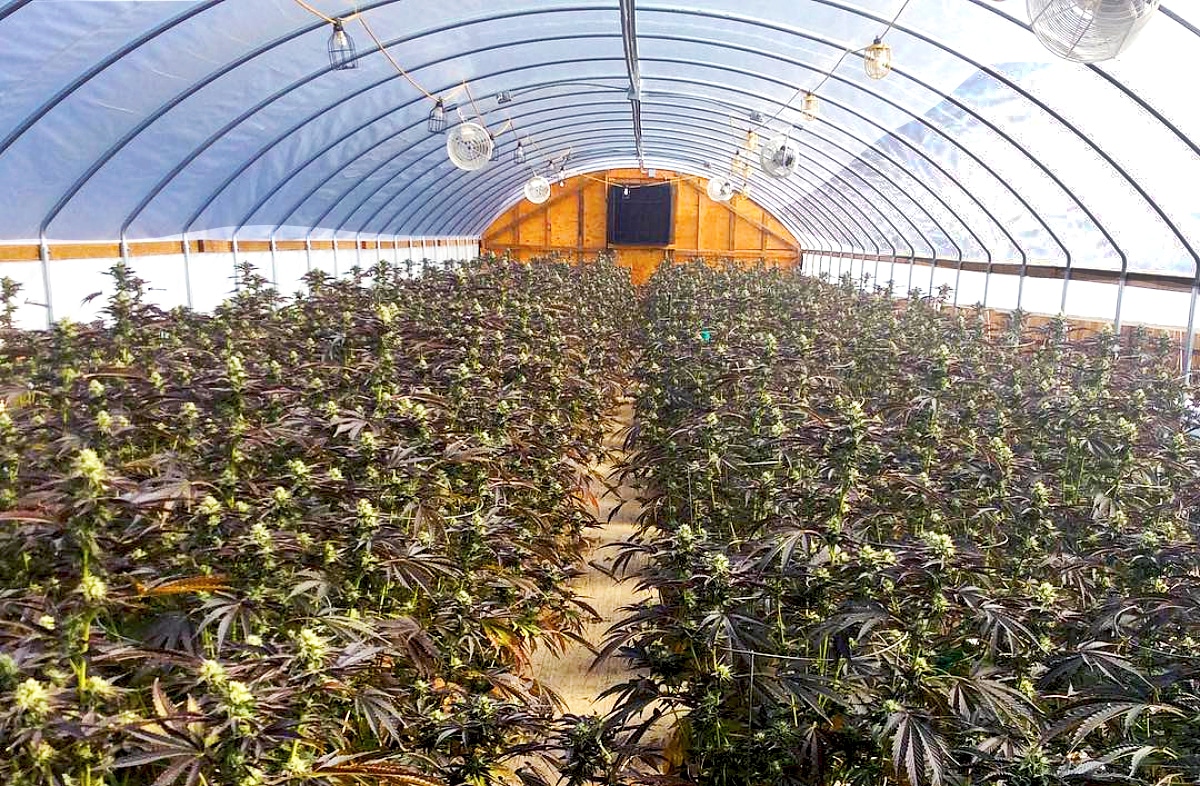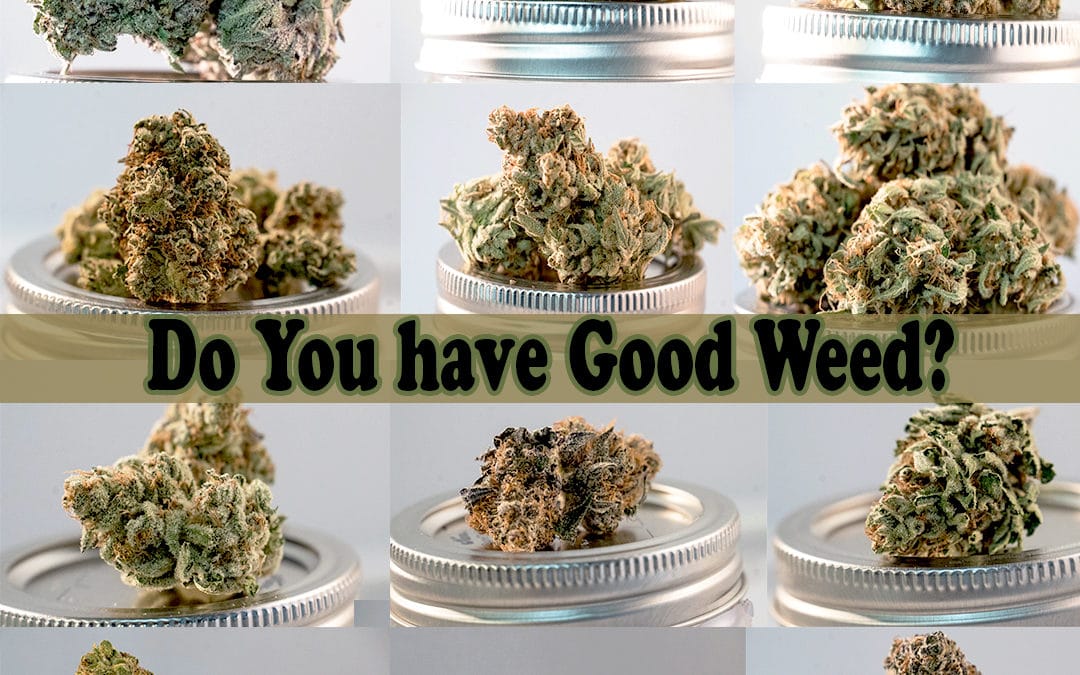
Do You Have Good Weed?
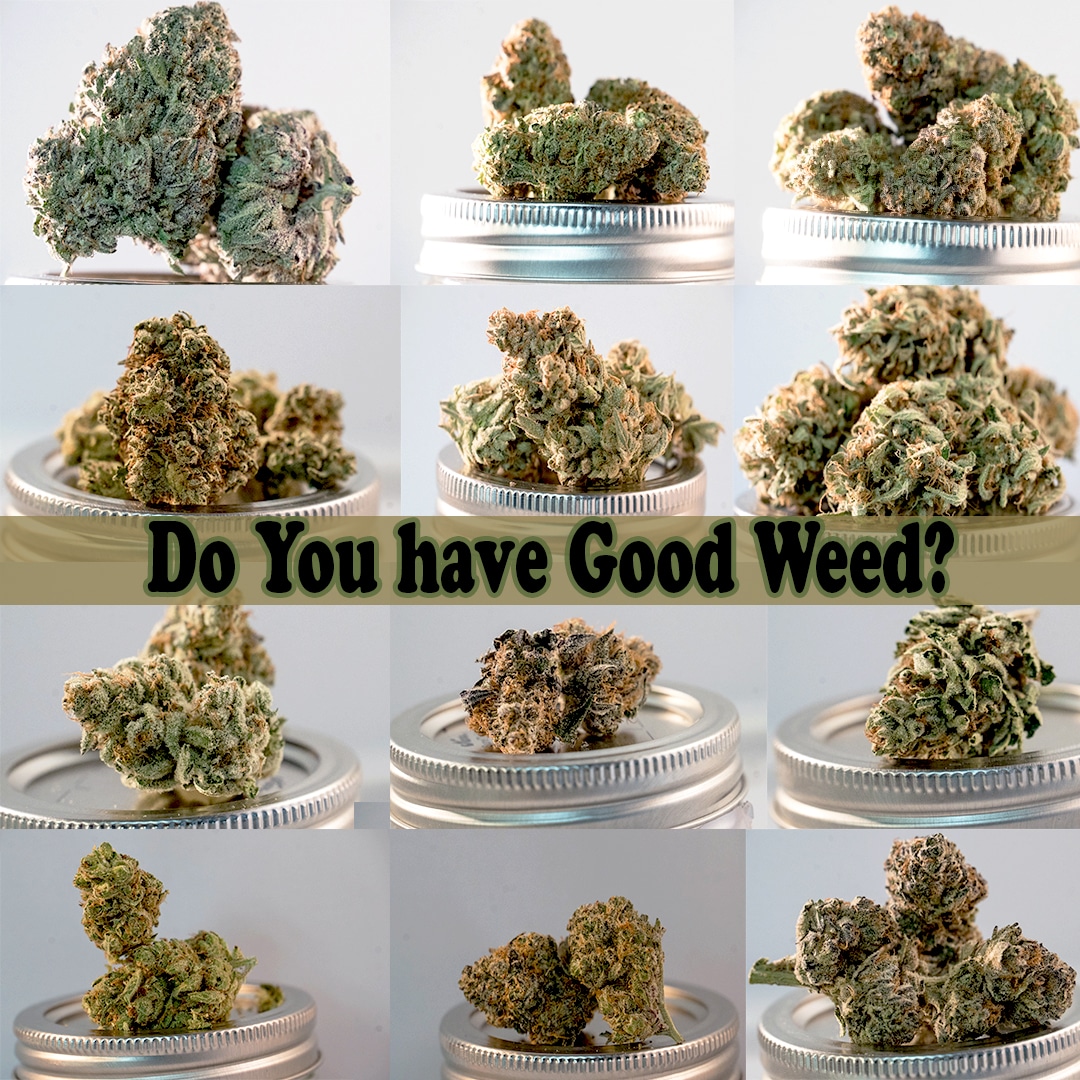
Judging the quality of your cannabis at first glance may seem like a challenge. But once you know what to look for, it’s very simple.
To some people, all cannabis looks the same. To others, it all smells the same or tastes the same. The reality is that every strain you get at the dispensary will have unique signatures and features to look for in order to judge it’s quality. Here’s The Real Dirt’s Top 5 things to look for when judging your weed.
Know Your Strain
One of the easiest ways to know what to look for with your cannabis is by knowing the strain itself. Cannabis strains are vast and diverse, with every strain producing slightly different effects, with different smells and tastes associated with them. For example, Sour Diesel got its name directly because of its smell. If you get Sour Diesel from your local dispensary, and it doesn’t smell sour or gassy, it probably isn’t really Sour Diesel.
While every strain can have unique features, to the untrained eye a lot of it can look the same. For this reason, some dispensaries will label strains with the wrong name to sell more, simply because the average person wouldn’t be able to distinguish the difference. That’s where knowing more than just the strain details comes in.
Look at your cannabis
Light green, dark green, brown and purple are just some of the colors you might see when looking closely at your cannabis, but what do they signify?
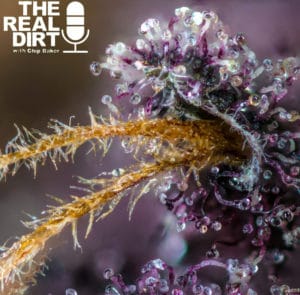
Cannabis with a darker-green color can signify that it was grown in a greenhouse or outdoor setting, but not always. Purple cannabis is nothing more than a cosmetic feature that can be caused by a couple different factors, from being exposed to cold temperatures to strain genetics. But don’t be fooled; just because the bud is purple, doesn’t mean it’s any stronger or fruitier tasting, it just looks cool.
Light green bud usually ends up being the best quality, but not always. Key signifiers are also the trichome content on the bud. Does it look like it’s covered in frost to the point it’s almost white? It’s probably good weed. The main thing to remember is that as long as the cannabis isn’t brown, it’s most likely decent quality. However, other factors can change this.
Smell your cannabis
Different strains can have various smells that come with their terpene profiles. These terpenes are what give certain strains a fruity, gassy, earthy smells, among others. If you smell any of these scents in your bud, it means it has a solid terpene profile and probably had time to develop properly.
The smell you want to avoid to ensure you have good weed is a hay smell. This hints at a poor cure, and poorly grown cannabis in general. Also, while a dank smell can be a good sign, an overly dank smell may mean mold within the bud which should be avoided. If you get a bud that smells particularly dank, break it open and look for mold.
How does it feel?
Is your cannabis dry and flaky? Is it so sticky you can’t even grind it up? These are both things you want to avoid, but good weed will fall somewhere in-between these two. You want properly cured cannabis that has had time to dry out after harvest, but not too long. In Colorado, a lot of cannabis is more dry because of the climate, and growers have difficulty countering the environmental effects.
Overall, you want cannabis that breaks apart easily without crumbling in your fingers, but still has some moisture so it doesn’t burn too quickly. Experimenting with different strains and different cures if you’re the grower can help build a key for judging your cannabis.
The best test
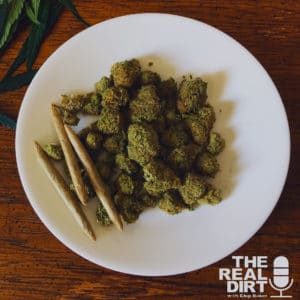
So you’ve gone through the checklist, and you have two completely different looking buds. Both are perfectly sticky, one’s gassy and the other is fruity, and all the things you should be looking for in your bud are there. Is it possible that one of them may still not be good weed? Taste it.
If the bud passes the eye, smell and feel tests, it is most likely safe to consume. Pay attention to how the cannabis tastes compared to how it smelled. Does it match up?
How does it make you feel? If you start to get a headache or a lot of coughing, the bud may still have trace chemicals from pesticides or other chemicals used during the growing process, which wouldn’t be noticed right away just by looking at it. If this doesn’t happen, it tastes good, and makes you feel good, then you have good weed.
Remember that there will always be outliers! You can get a bud that’s dark and dry, but still tastes and makes you feel great. You can also get cannabis that was grown specifically because of how it looks, with less focus put into ensuring it’s a quality product. Some of the strains you see in the dispensary will look great, but once you open the jar there may be no smell at all.
So don’t be duped, and know what to look for in your cannabis! Get the full guide to judging cannabis on the new episode of The Real Dirt. Chip and his guests go through dozens of strains, analyzing their qualities to determine what make cannabis good or bad quality.
Listen to the full episode HERE or listen to it on iTunes or Apple Podcasts!
iTunes

